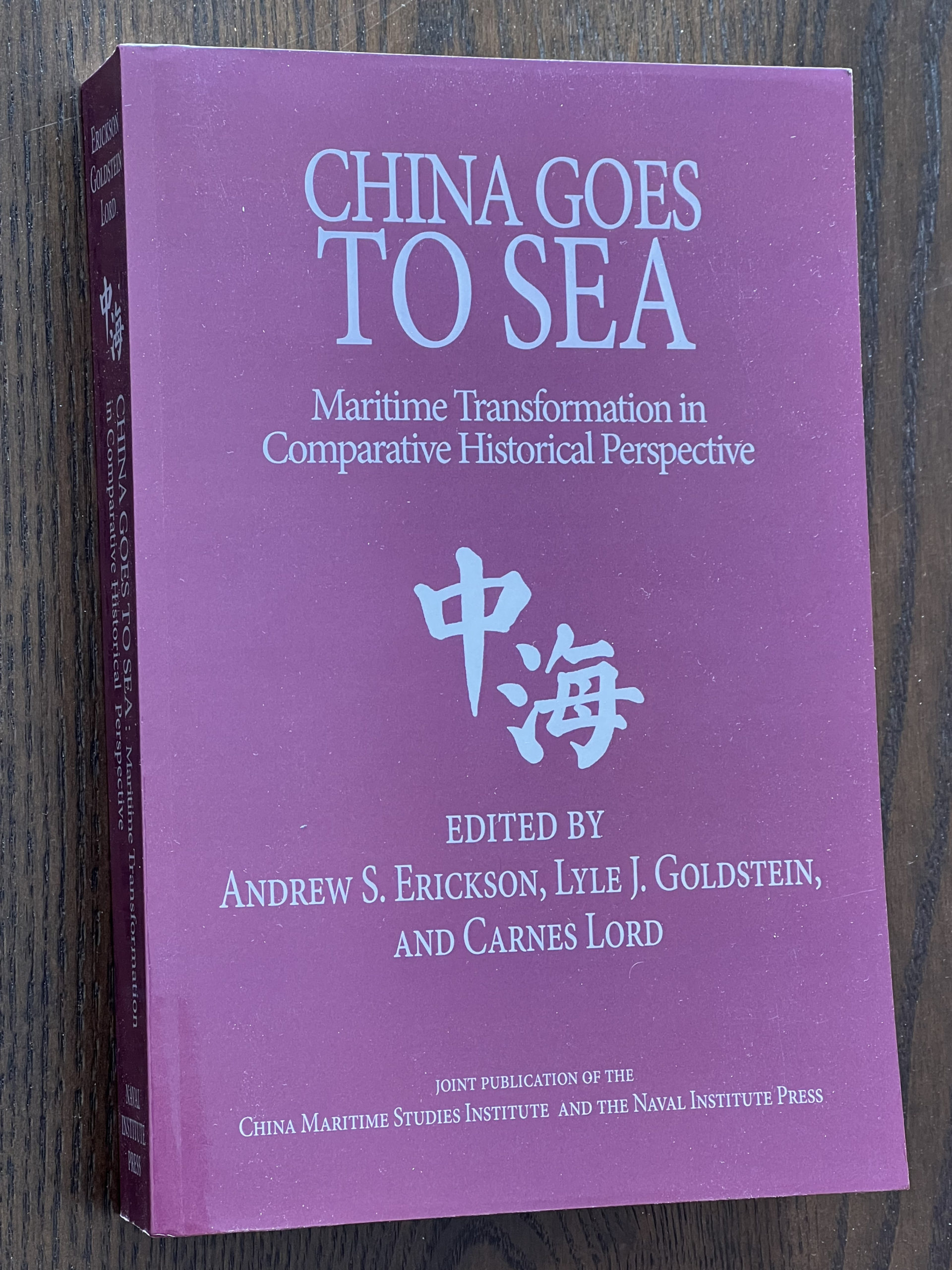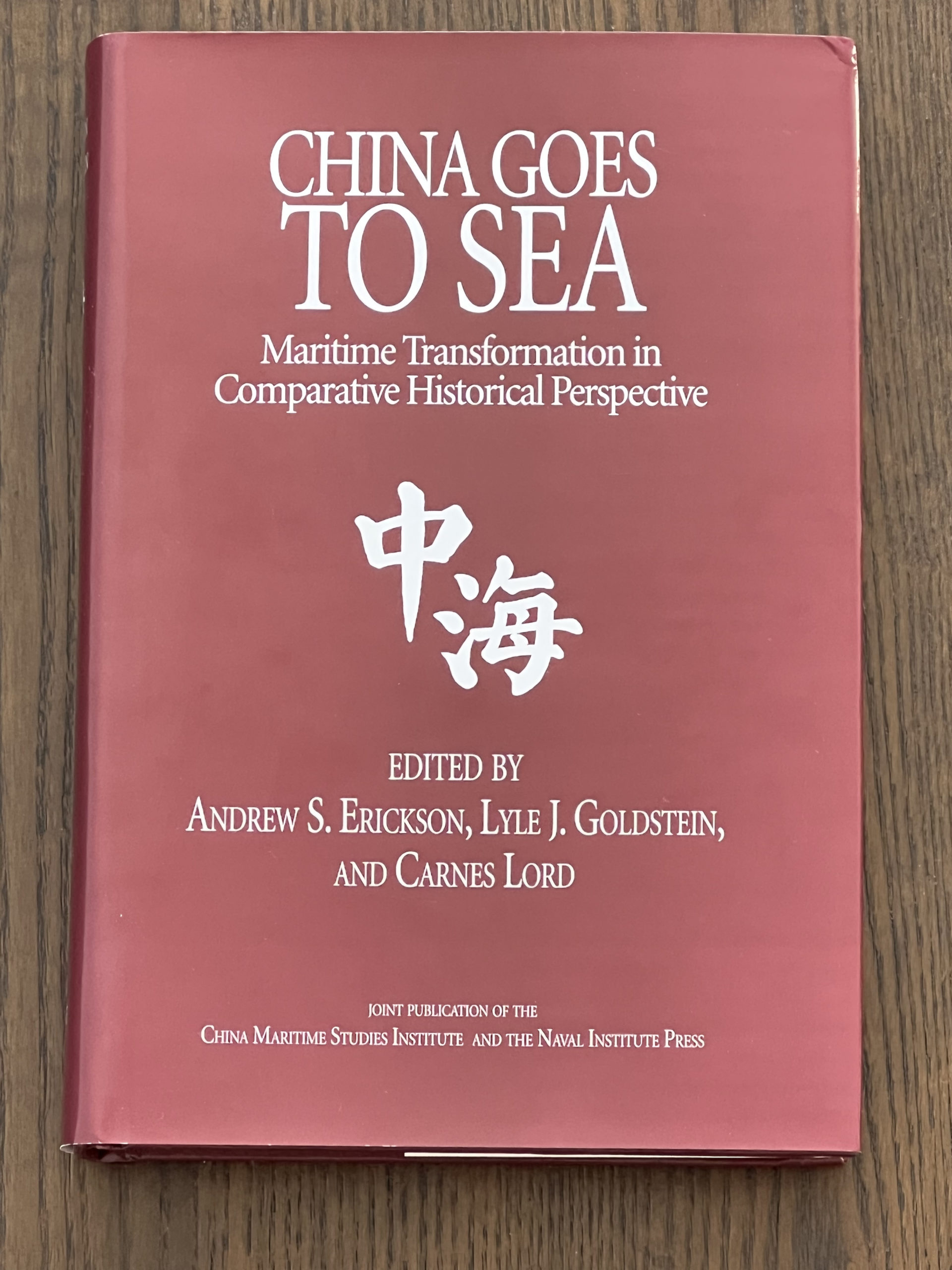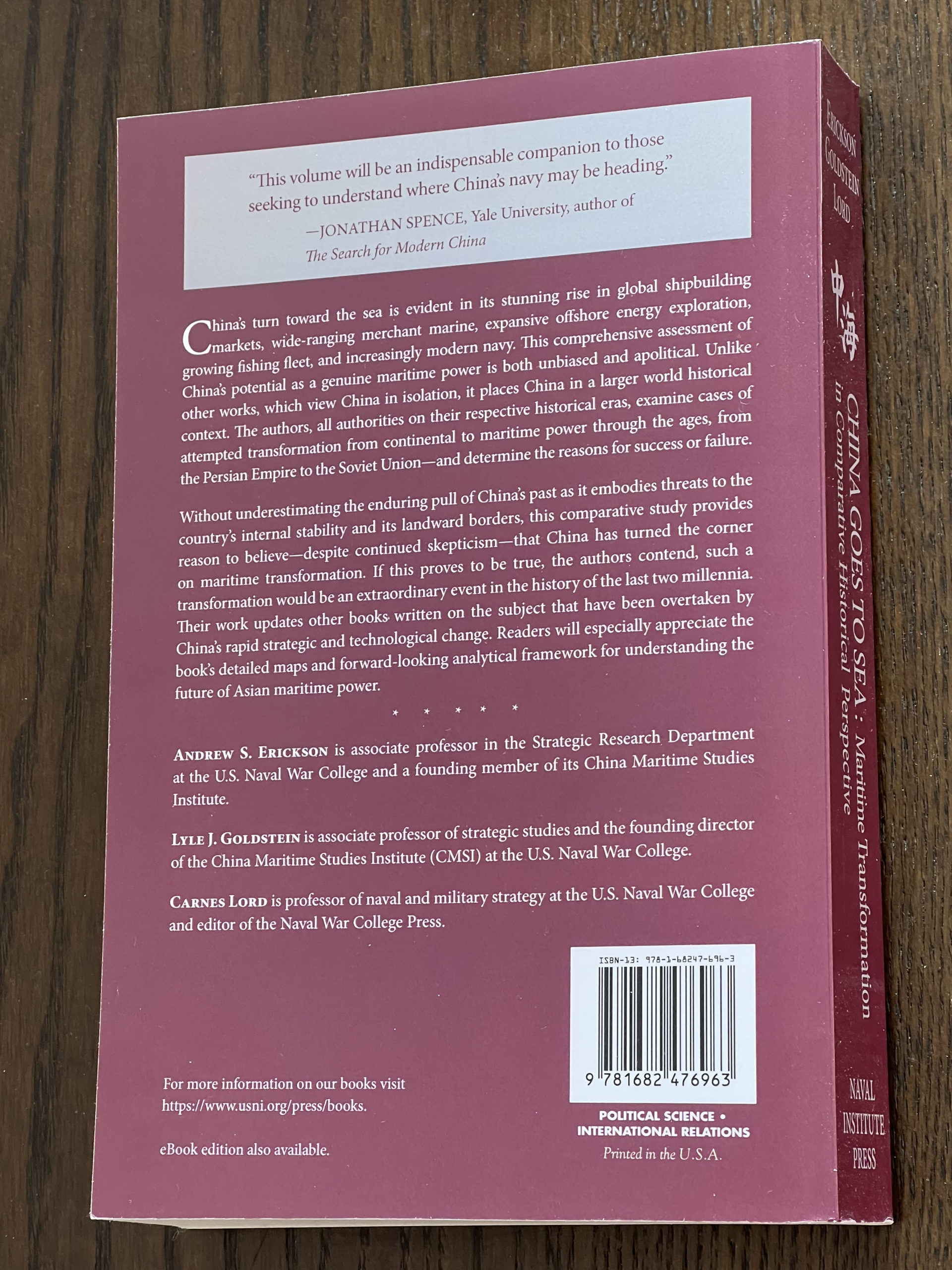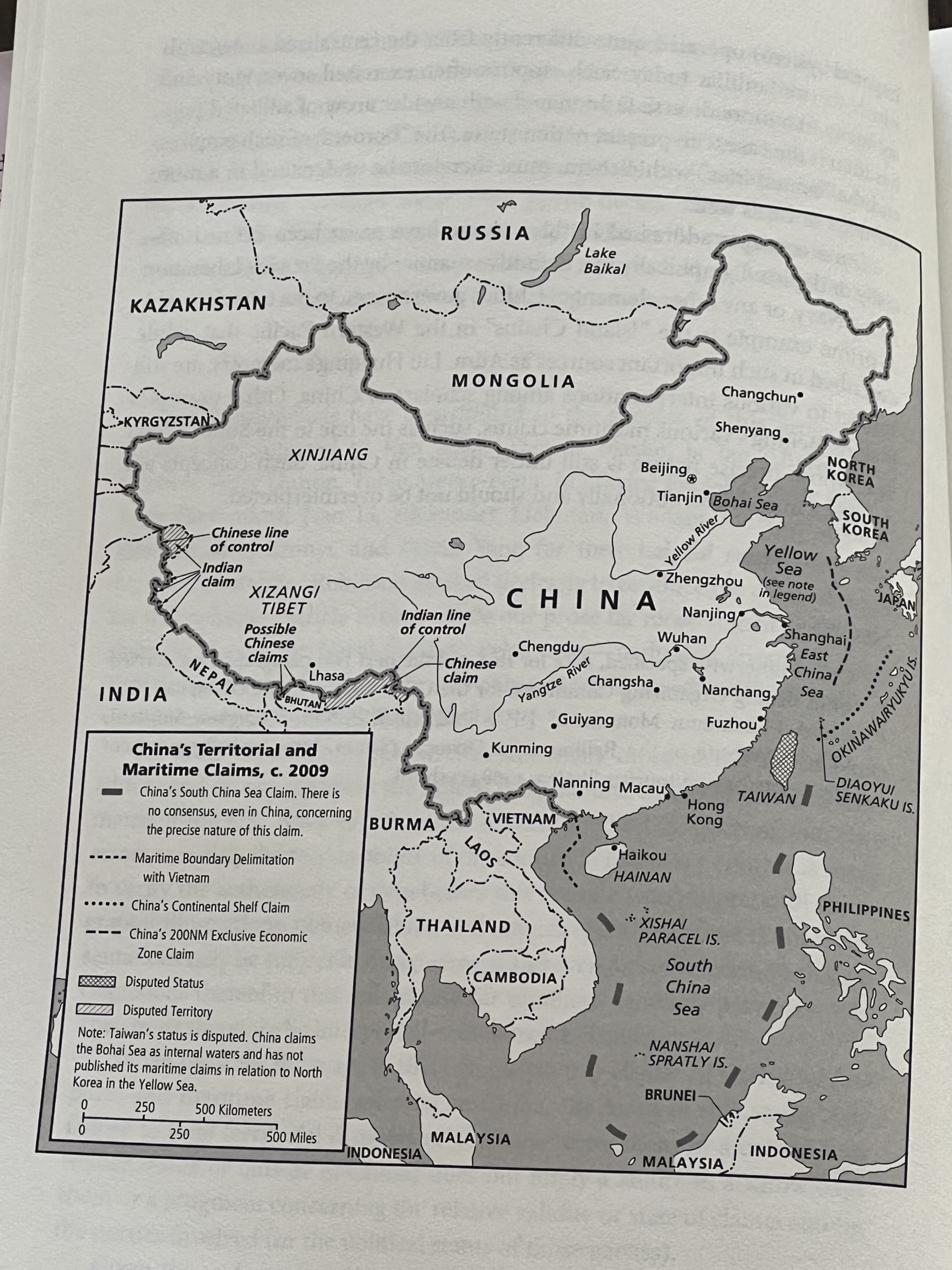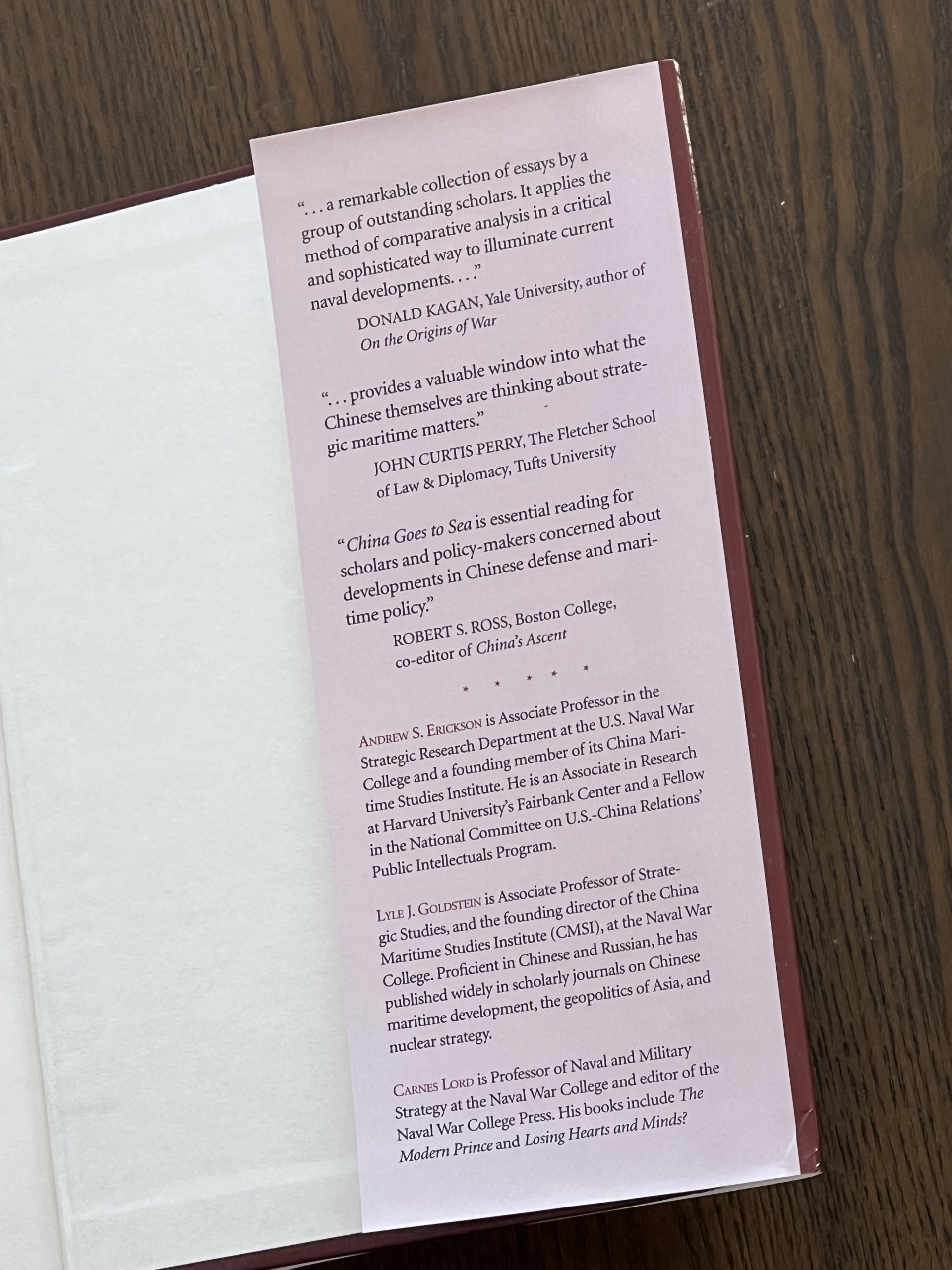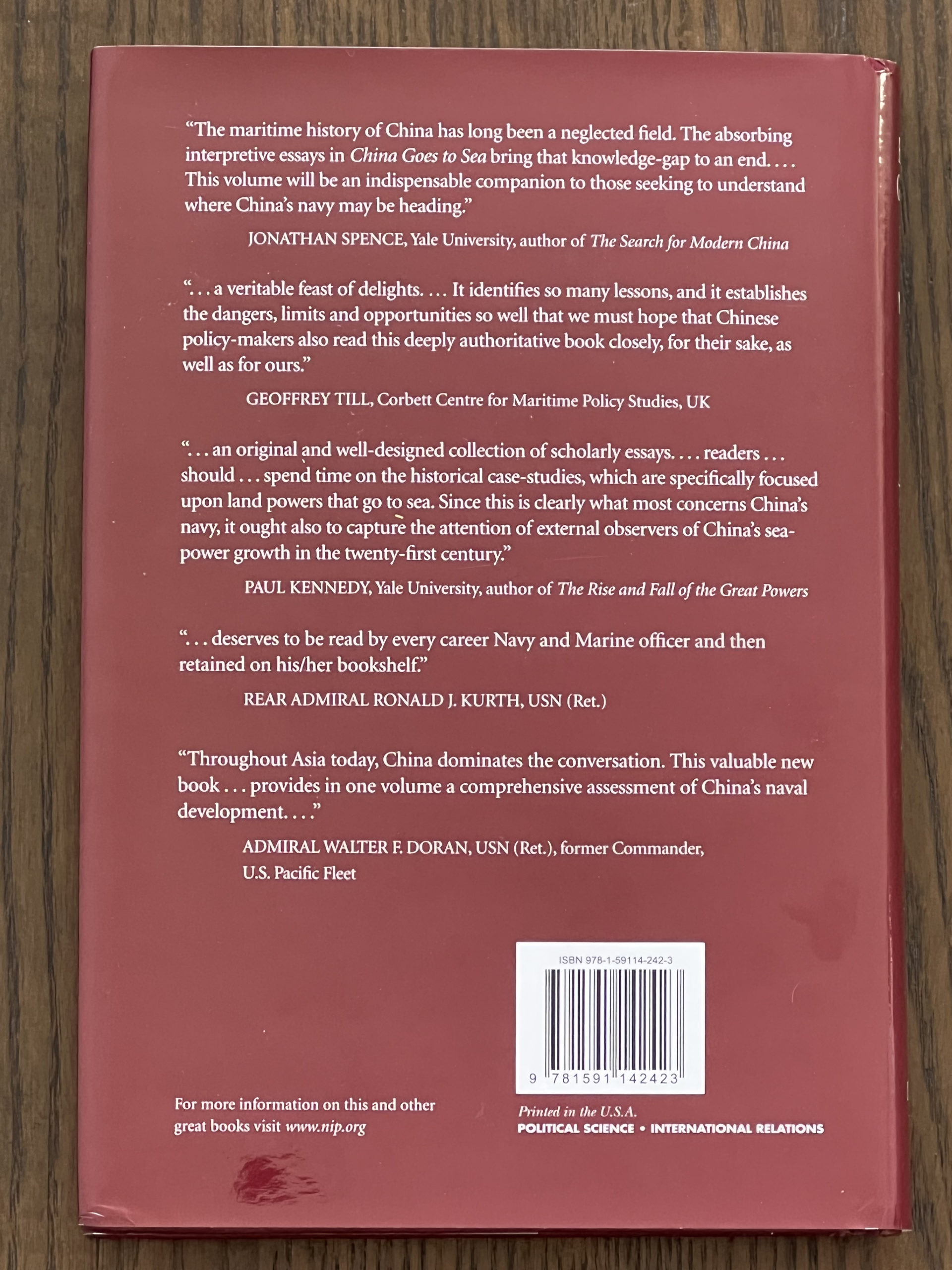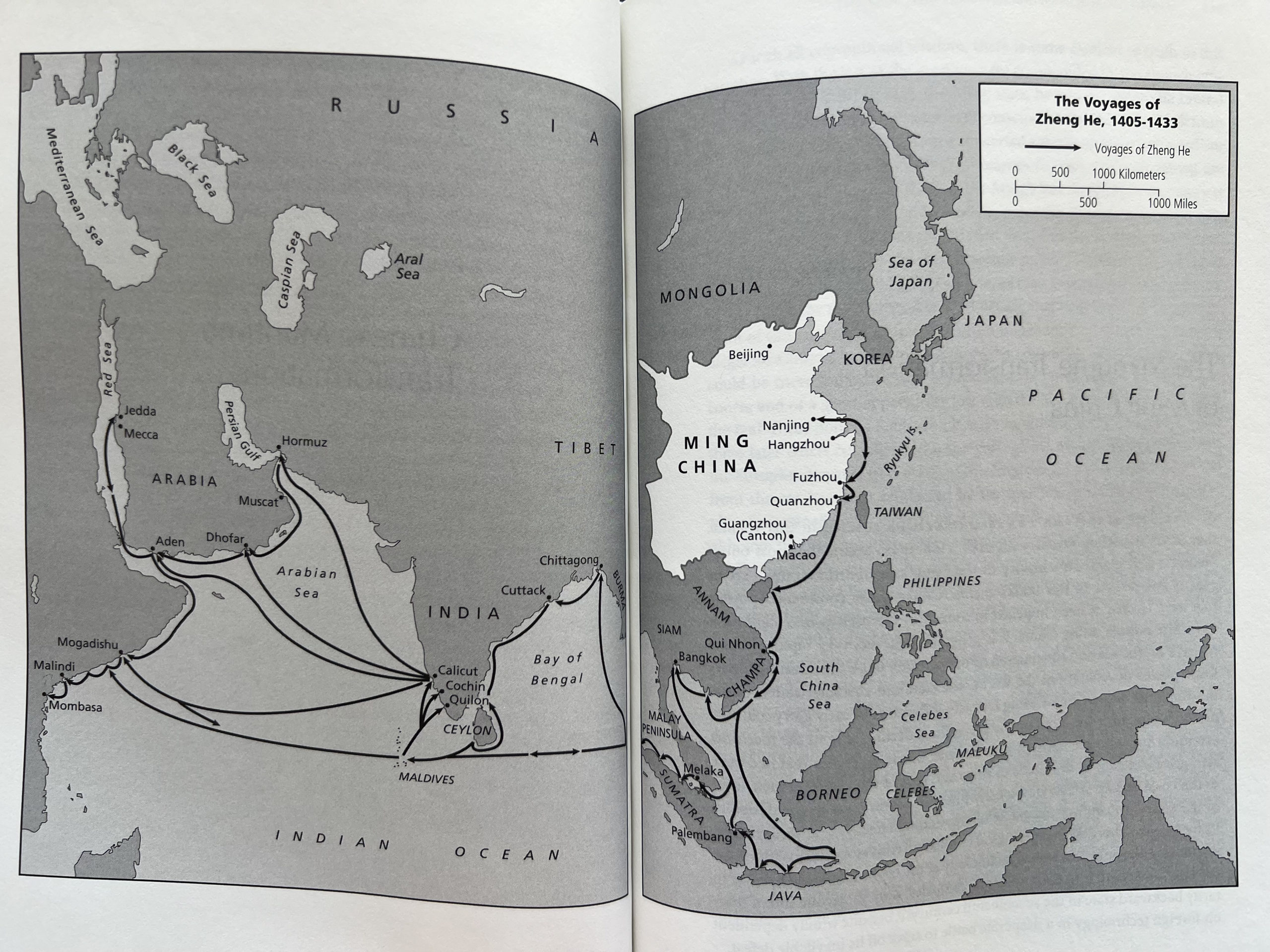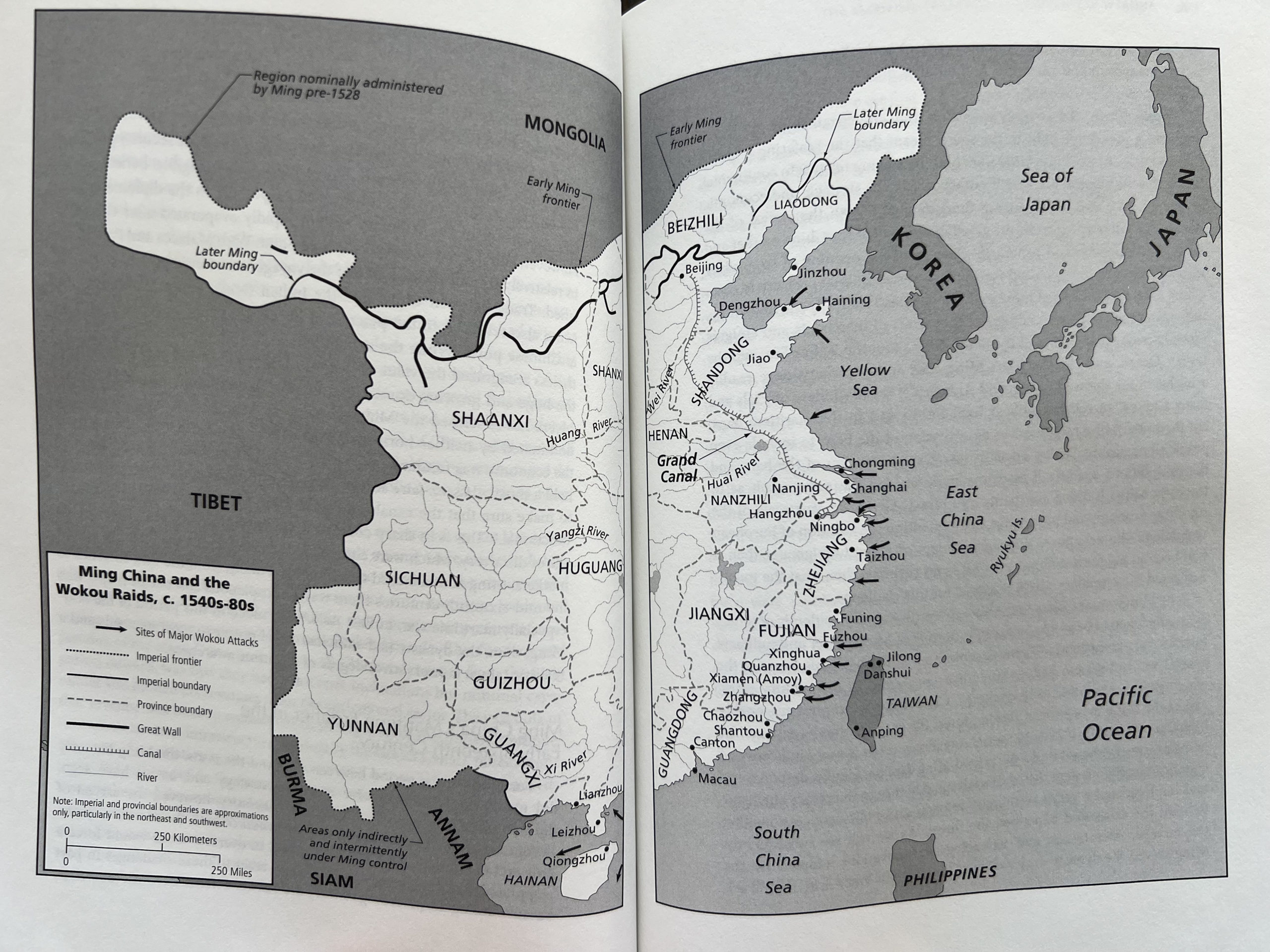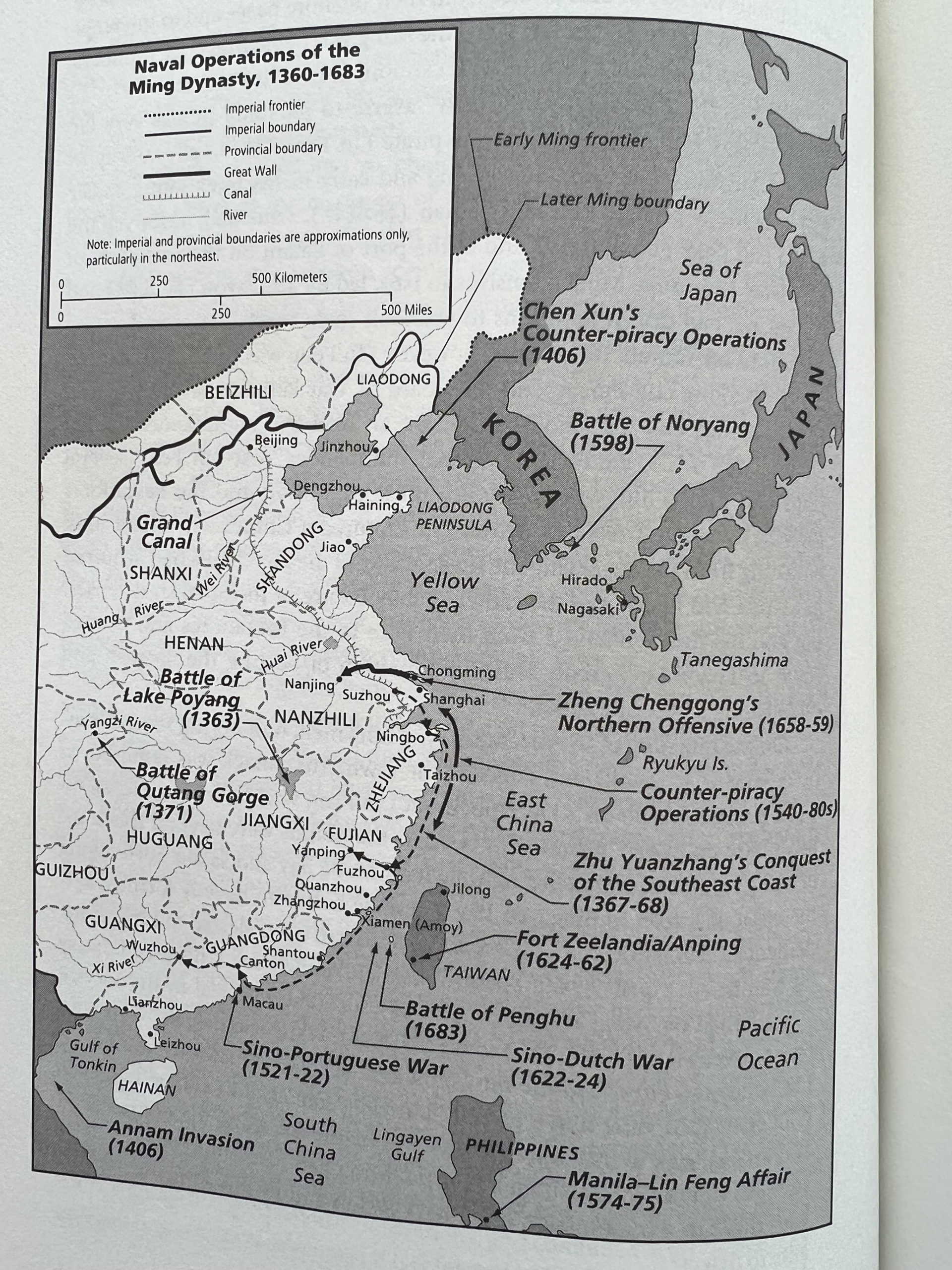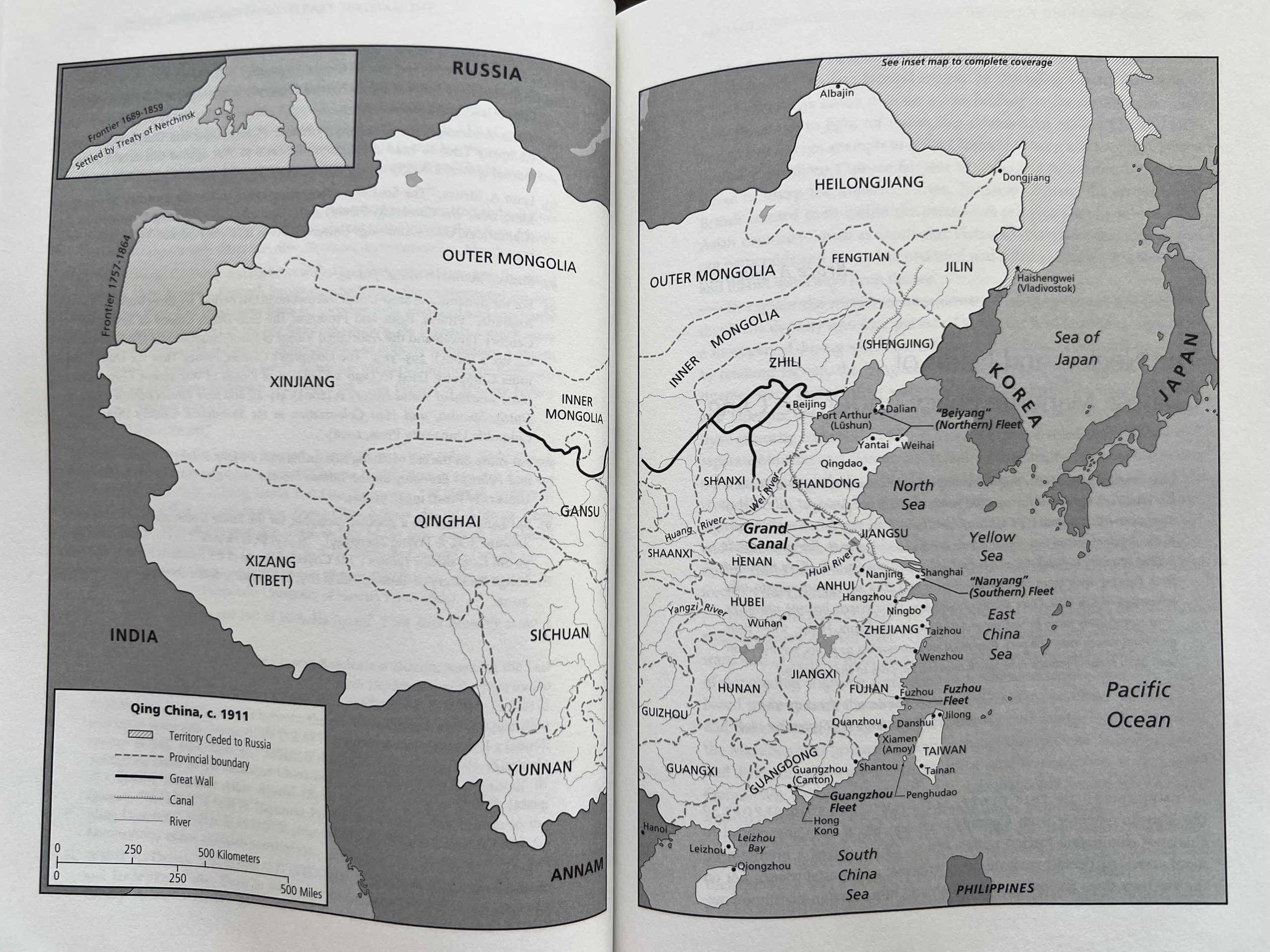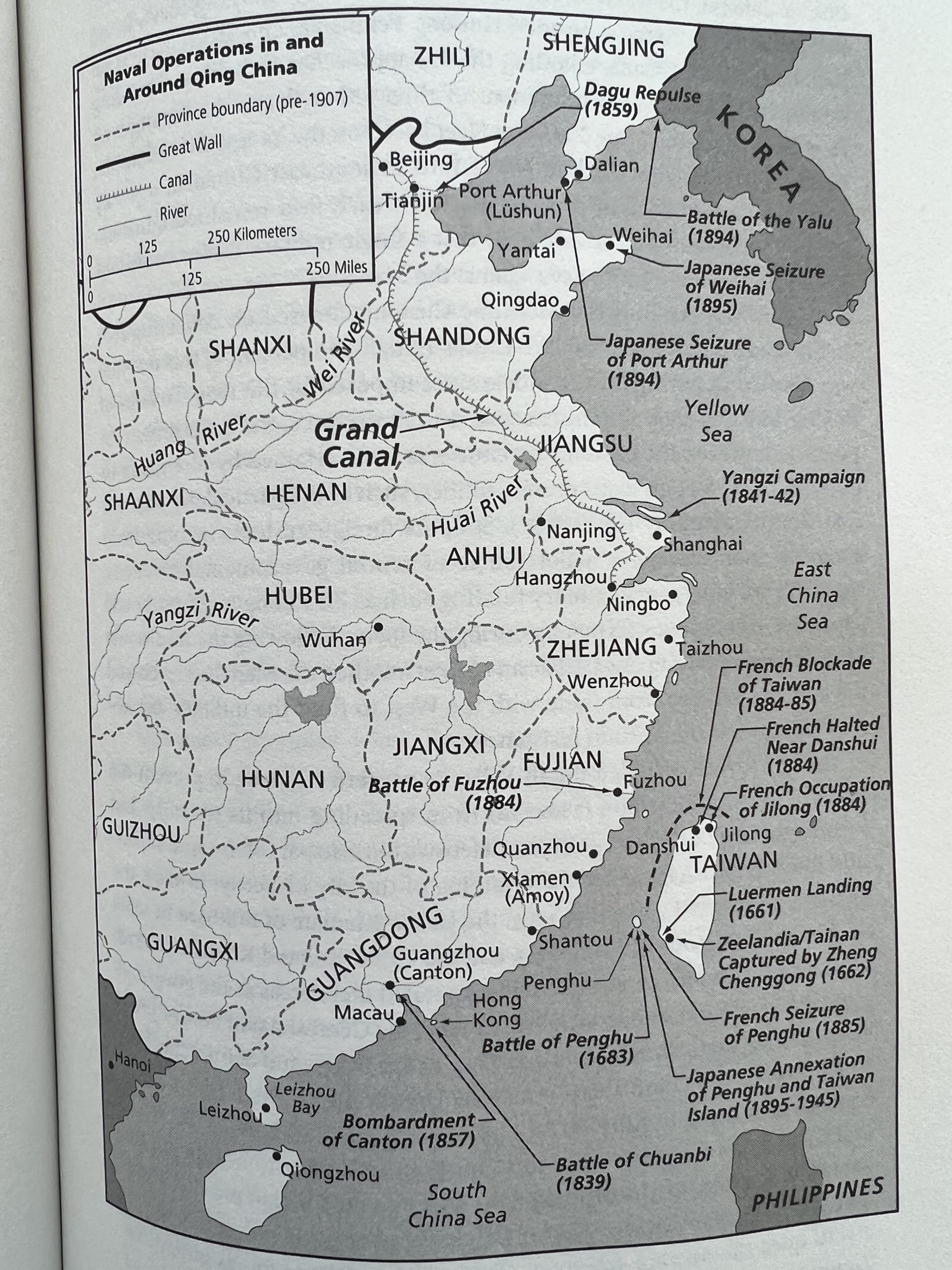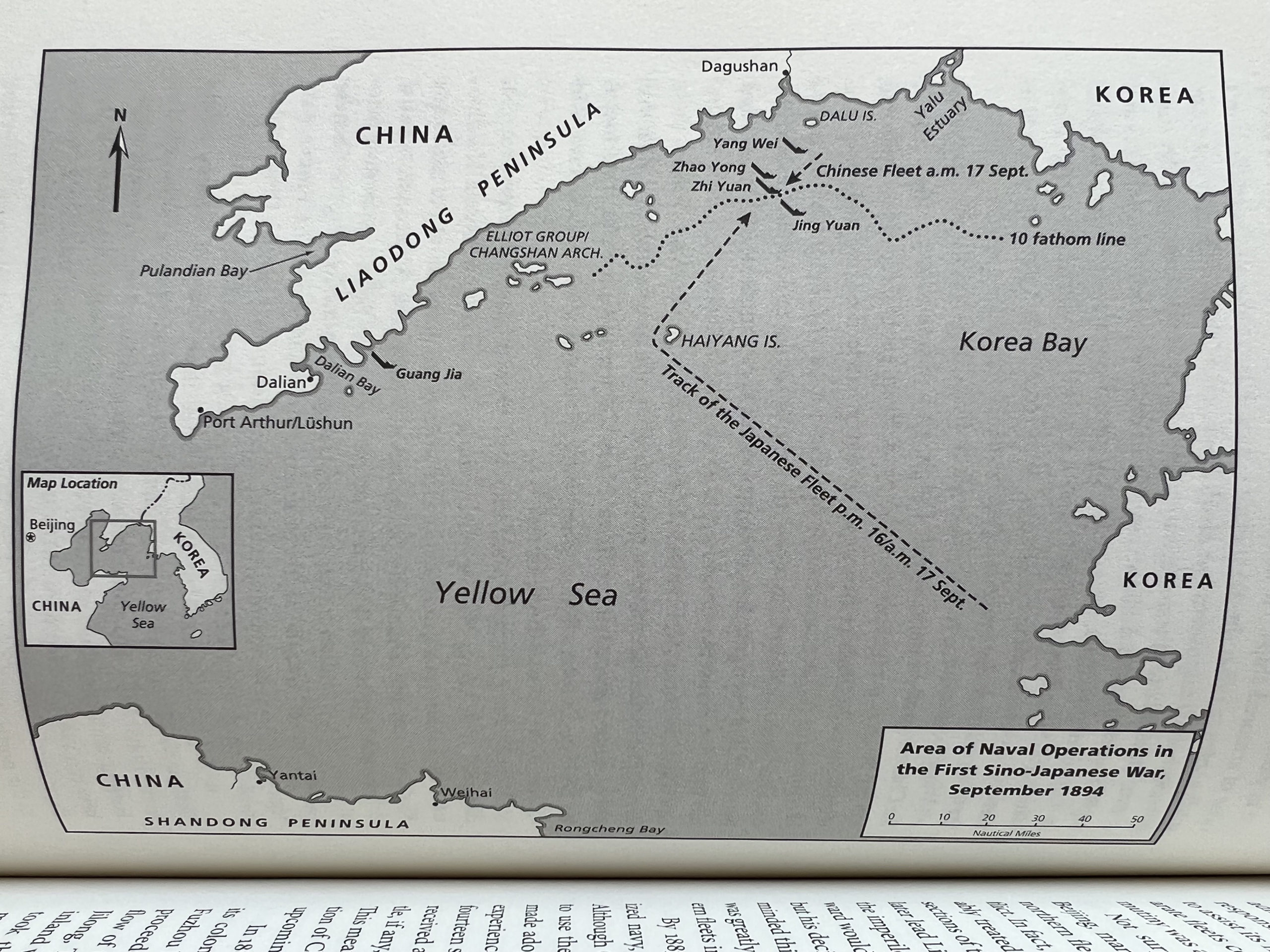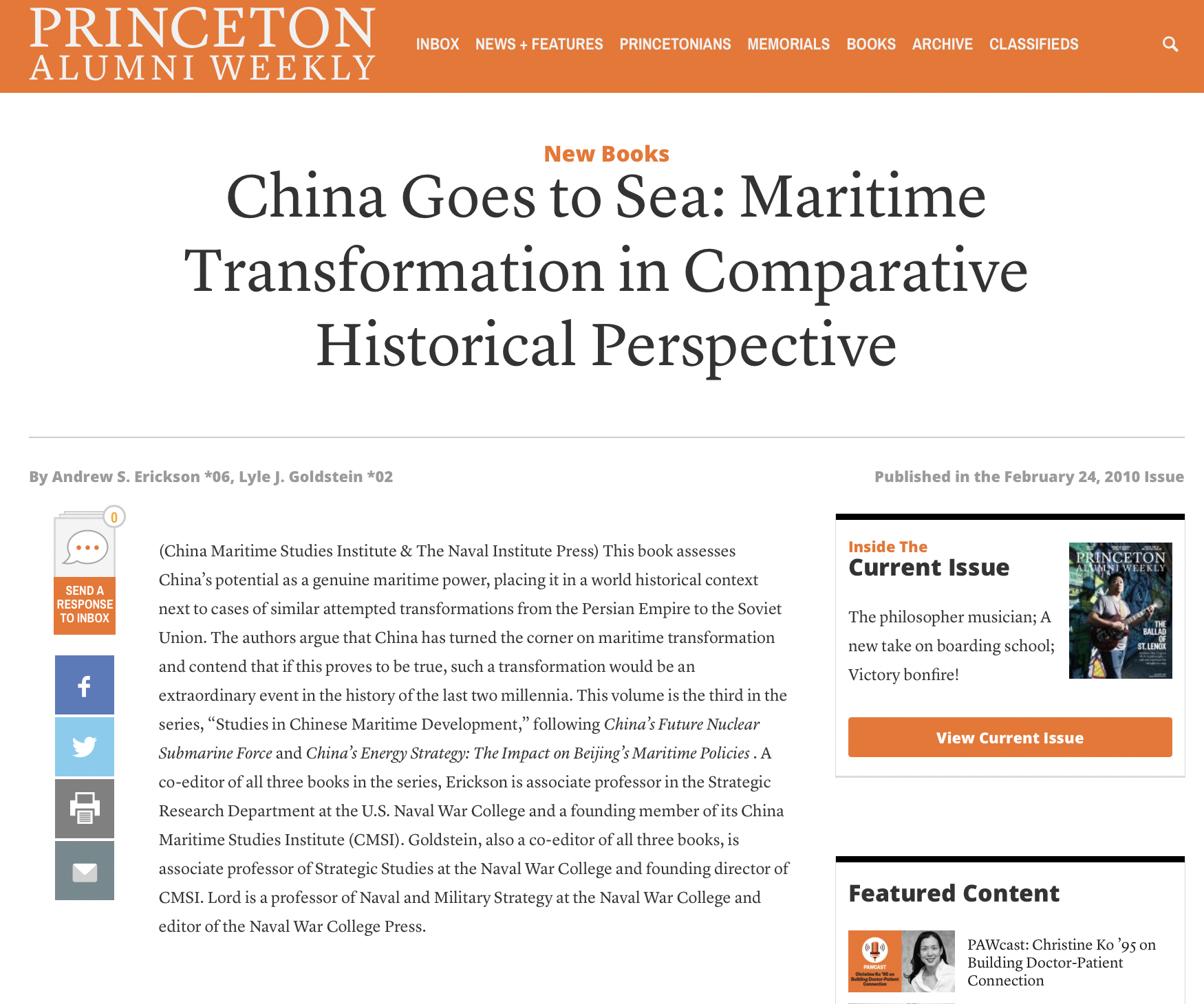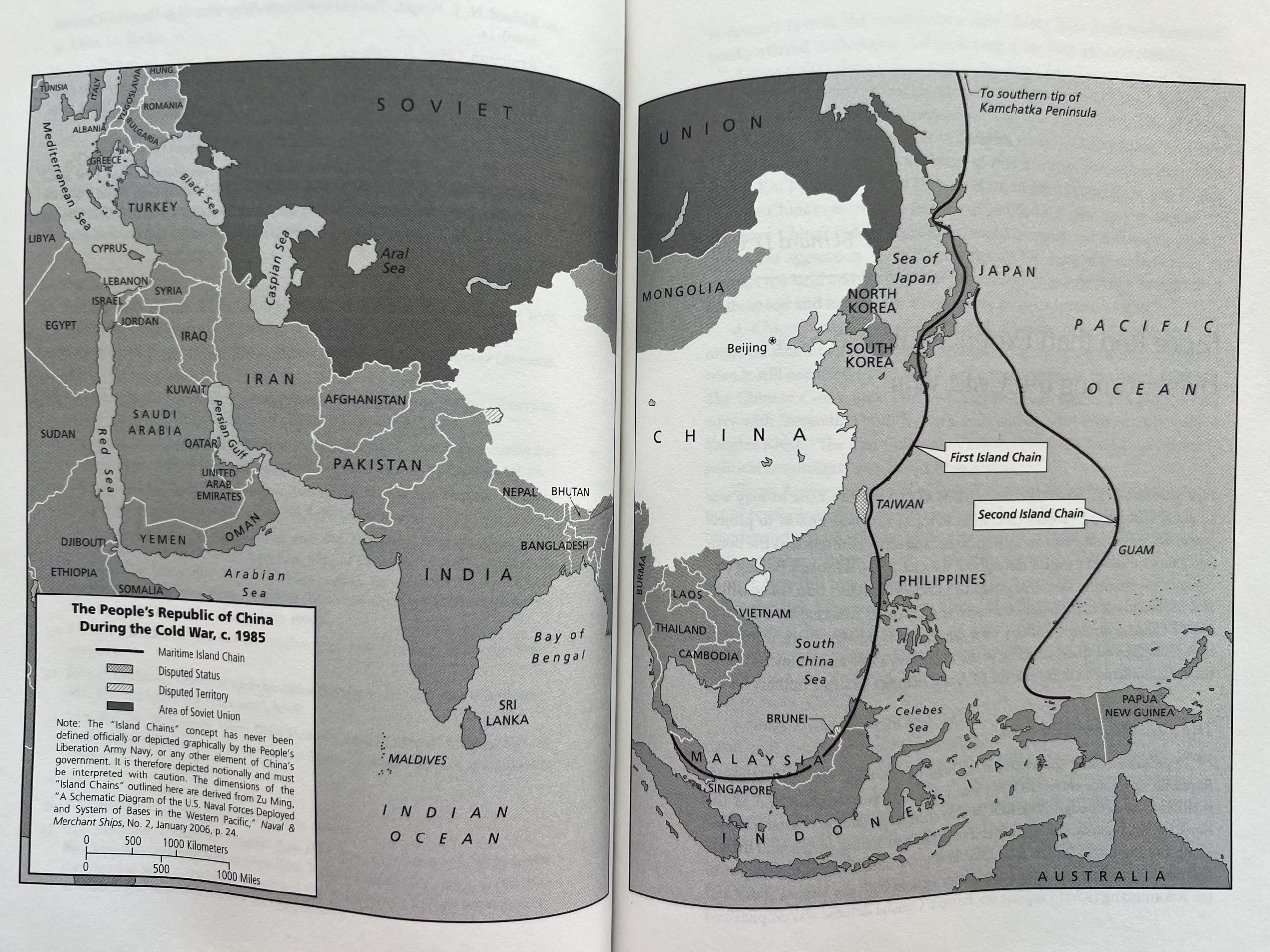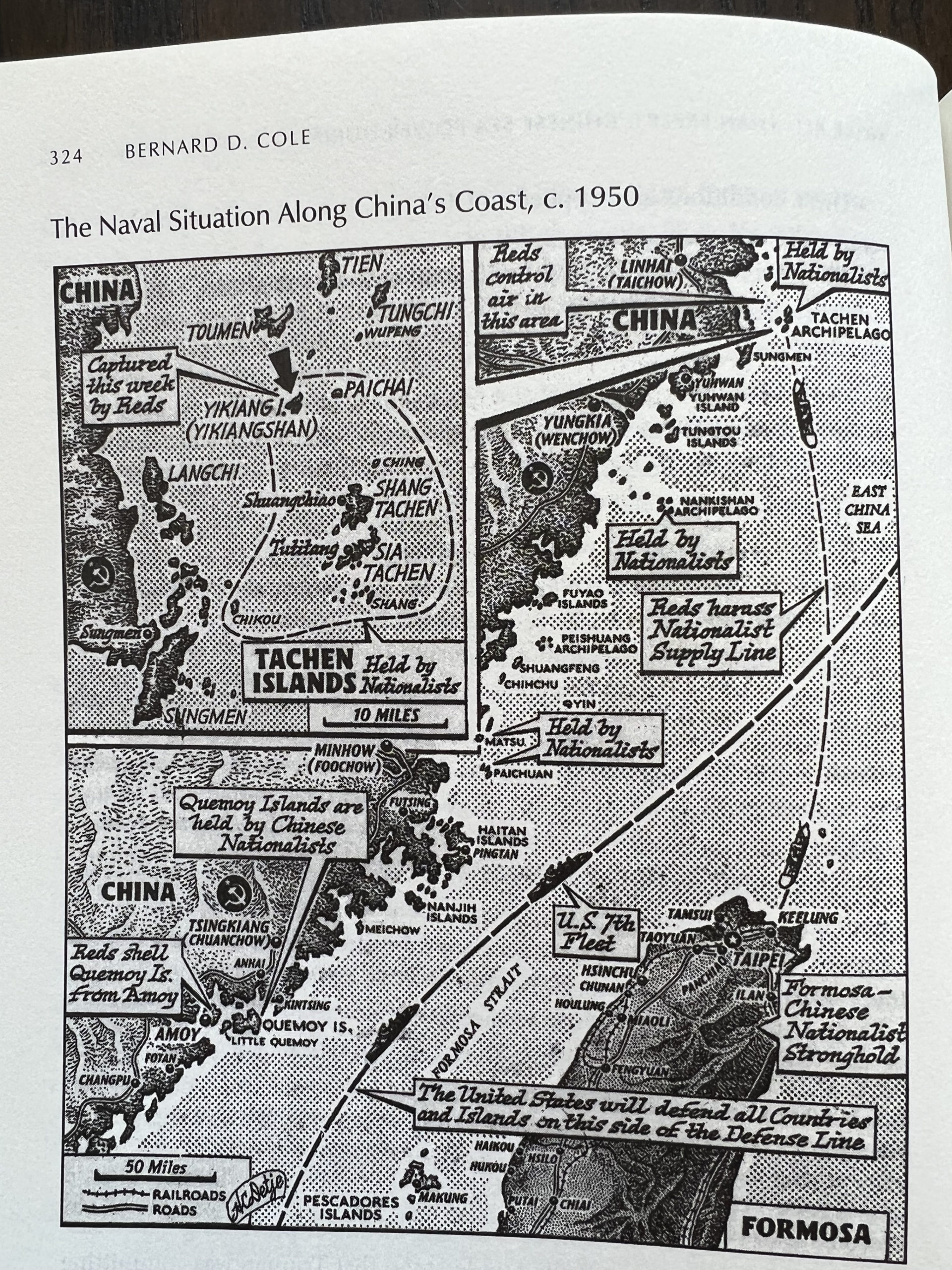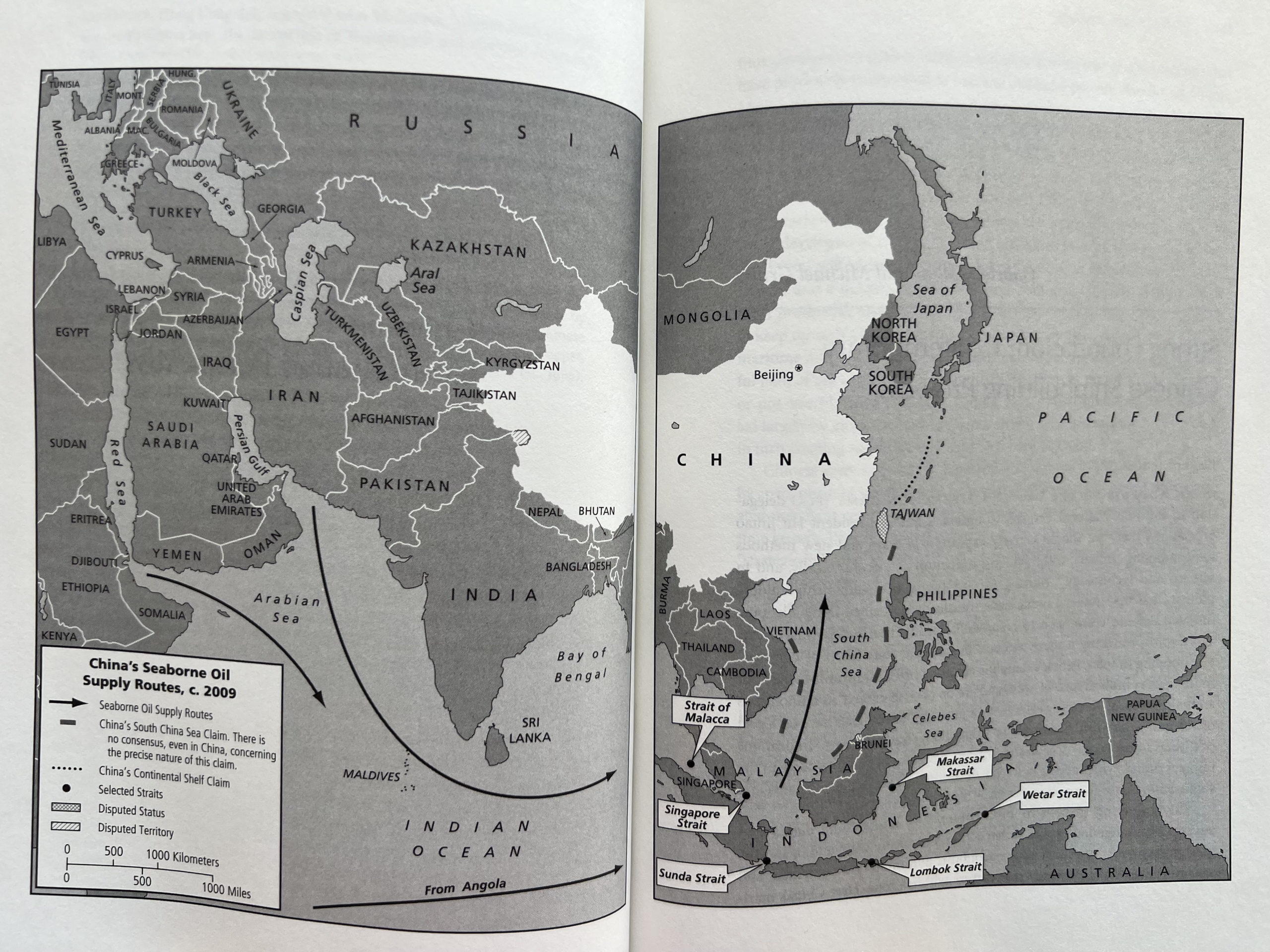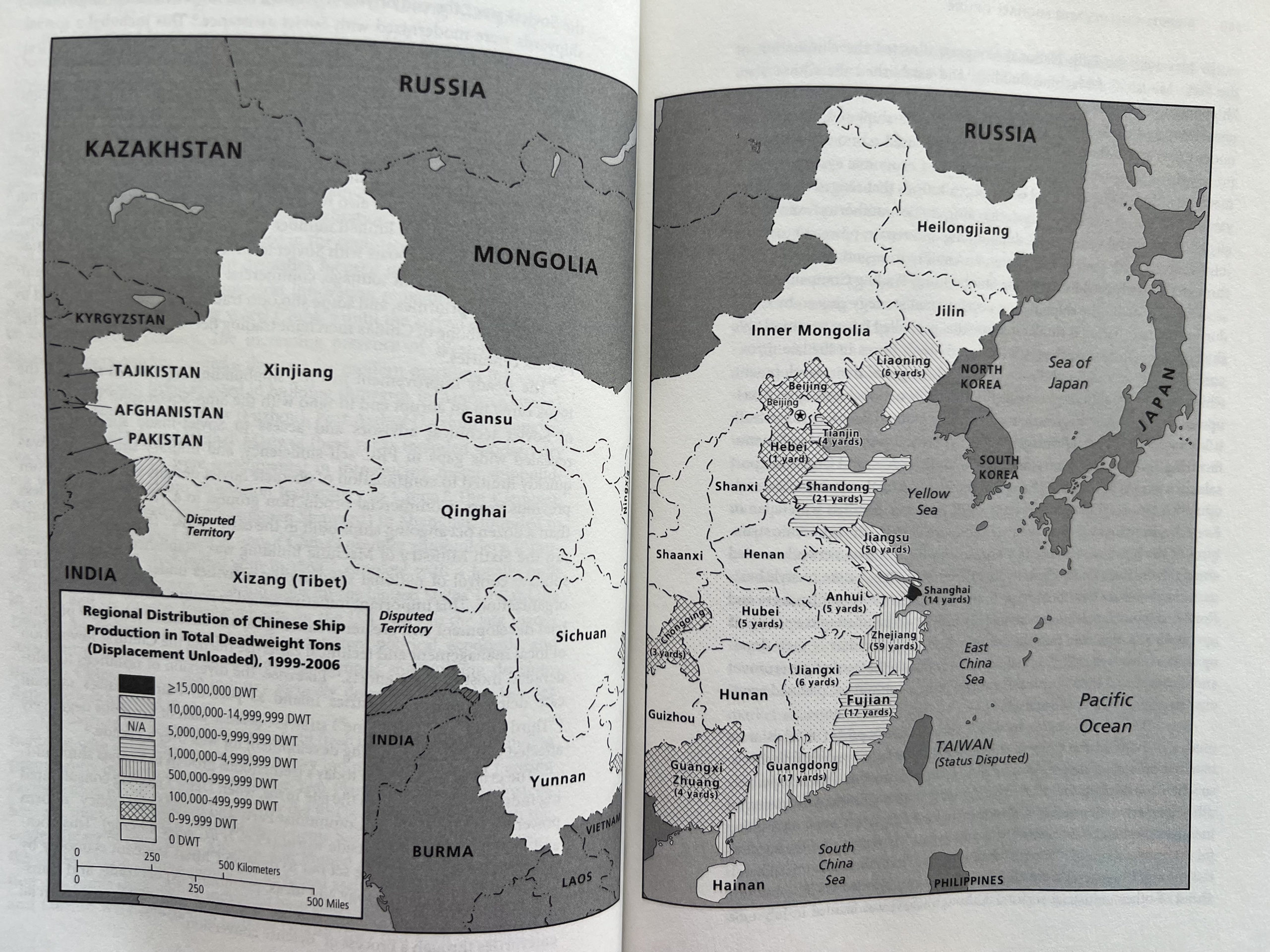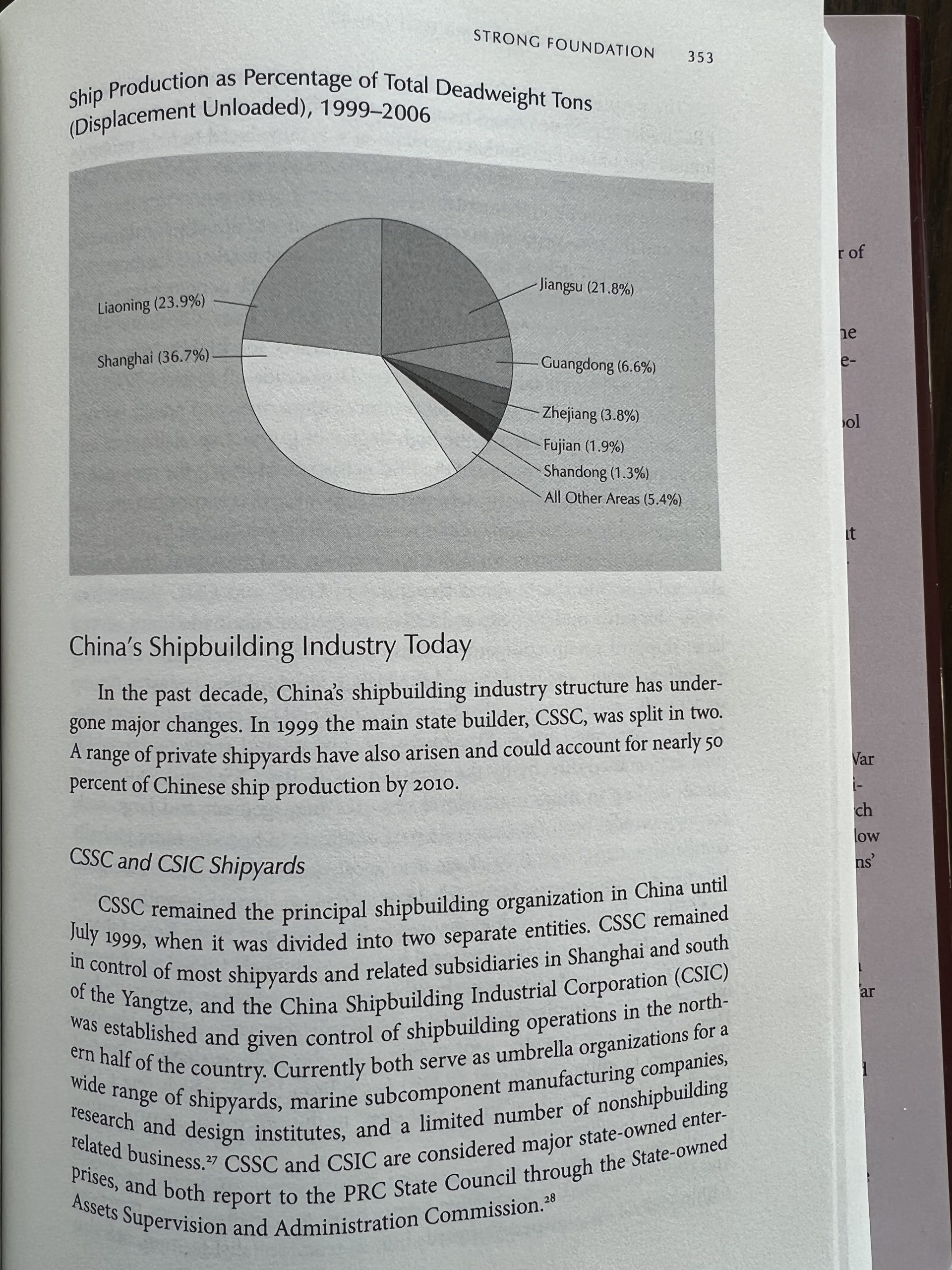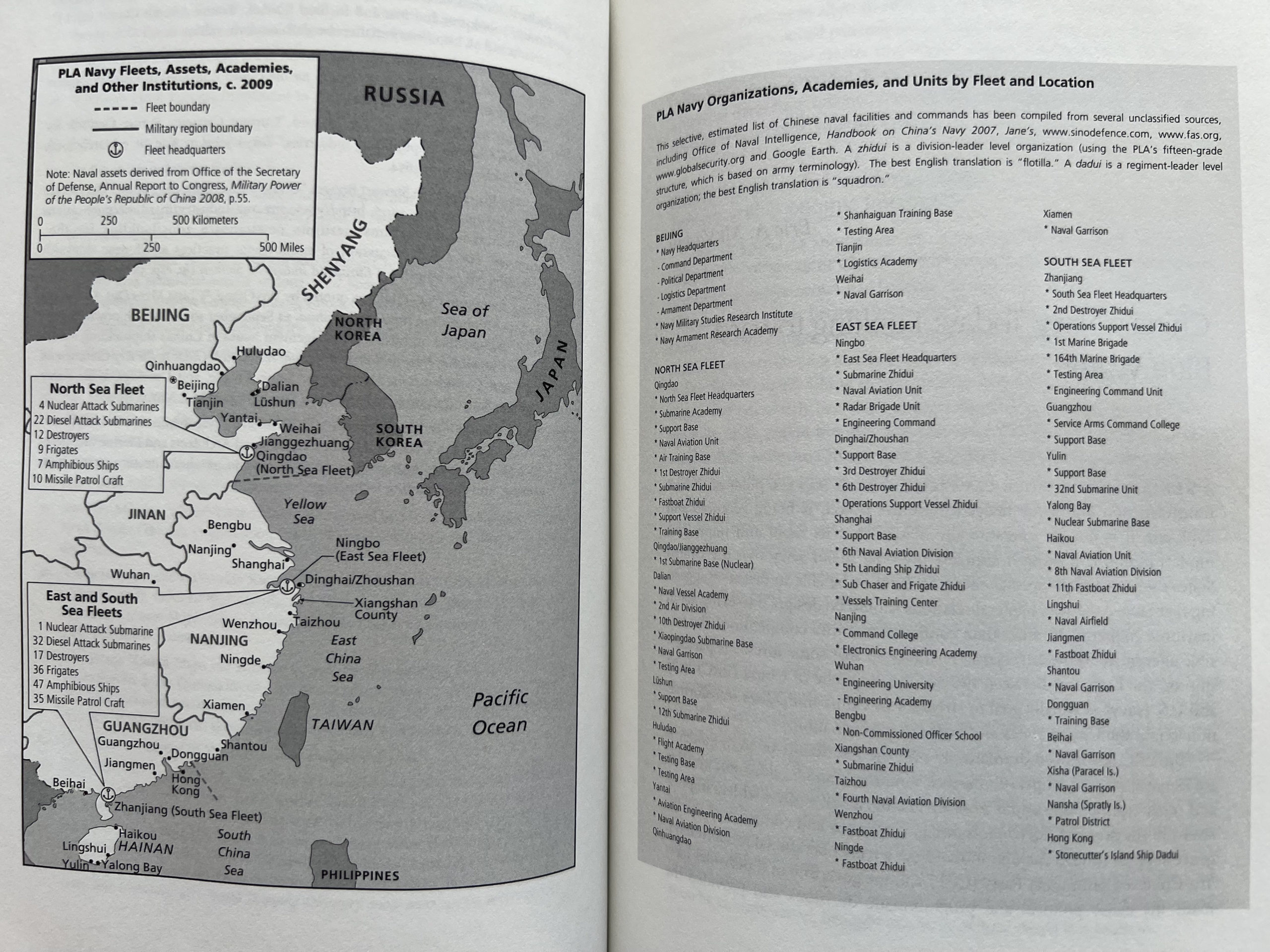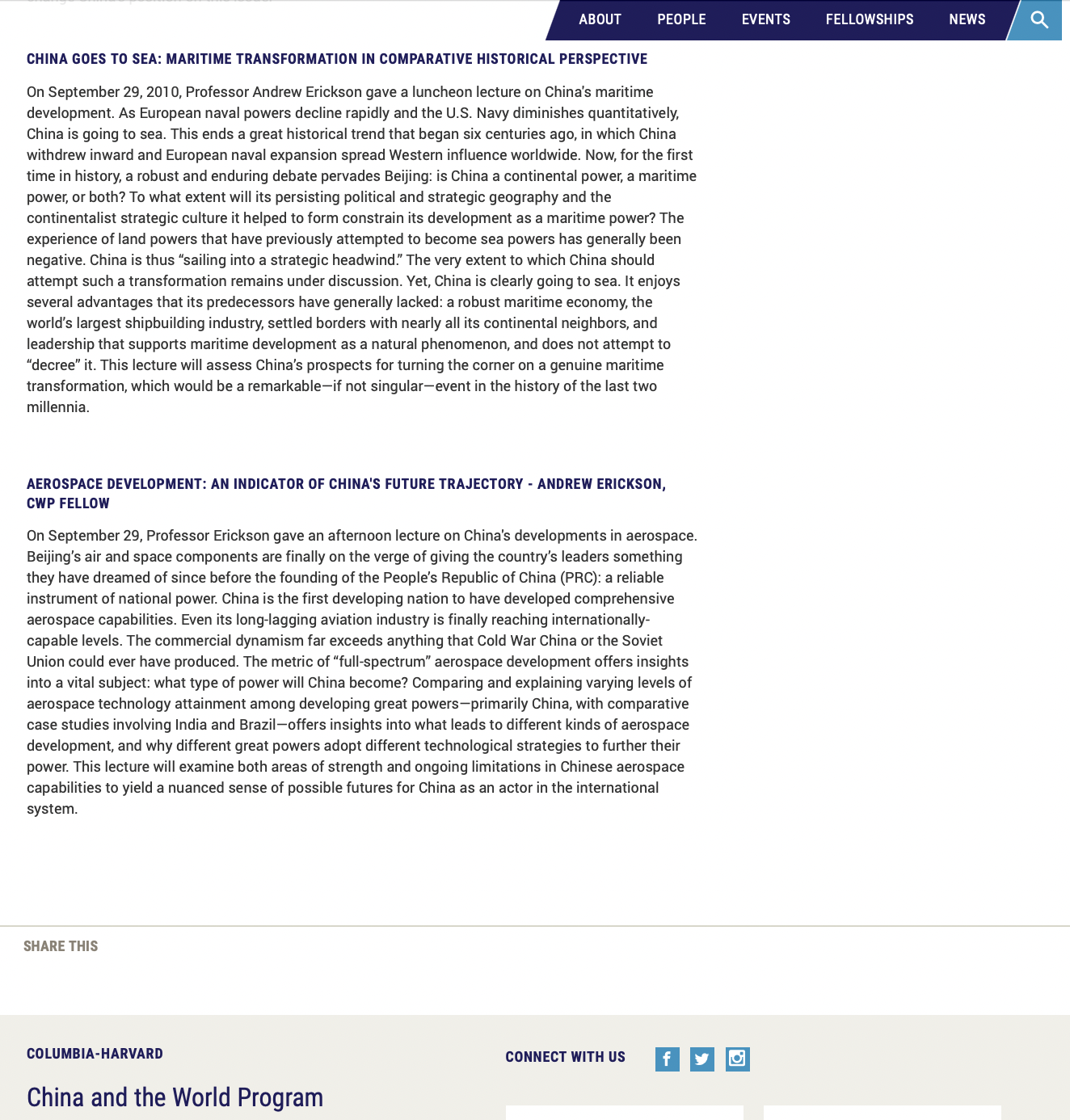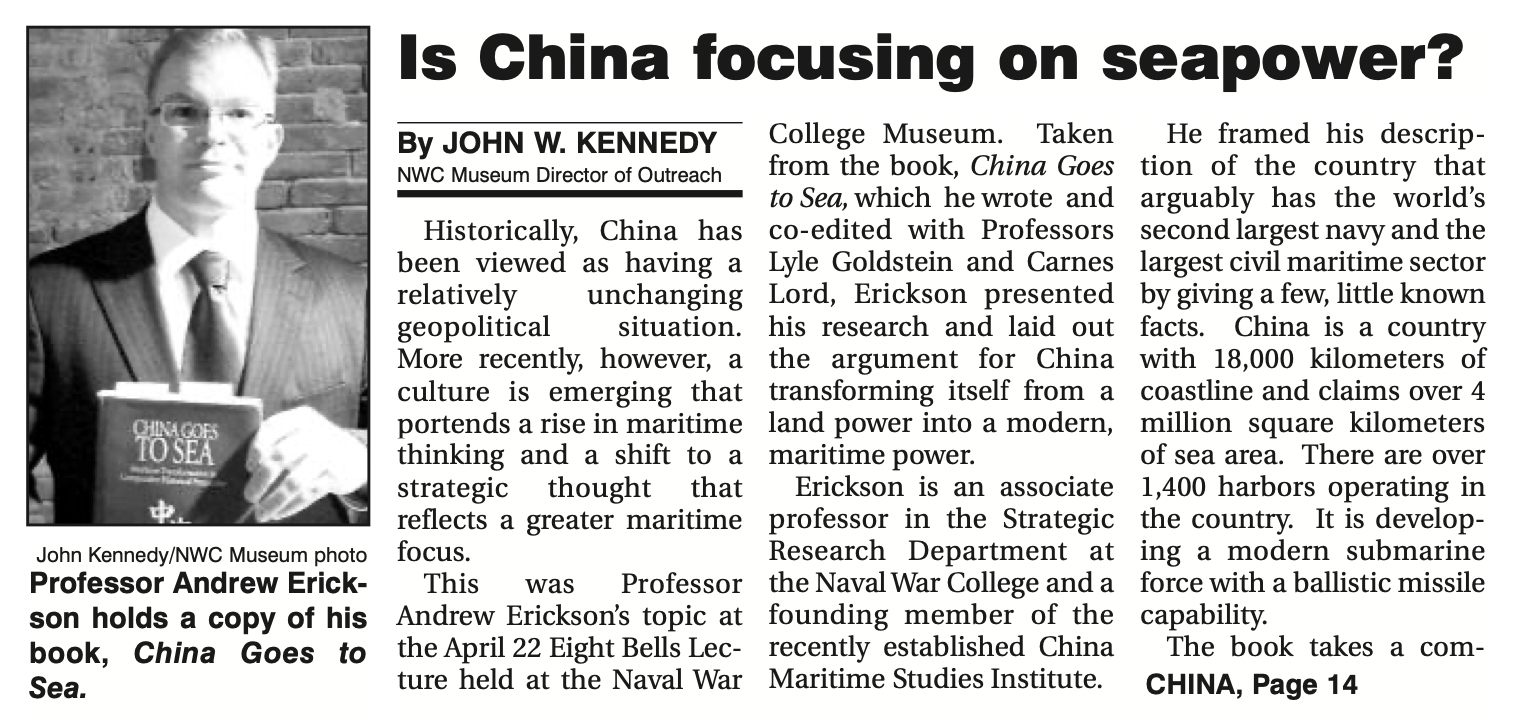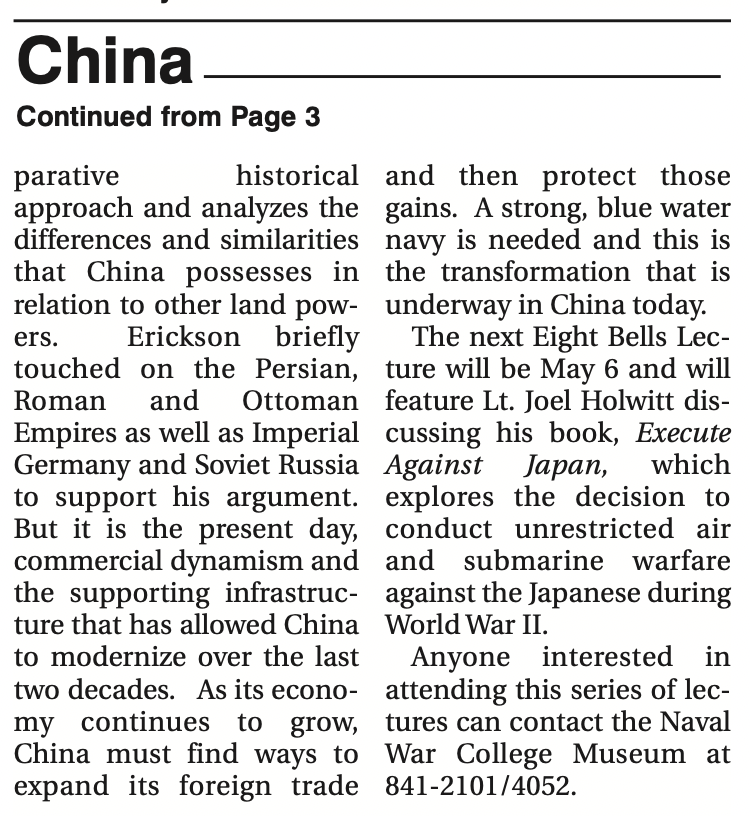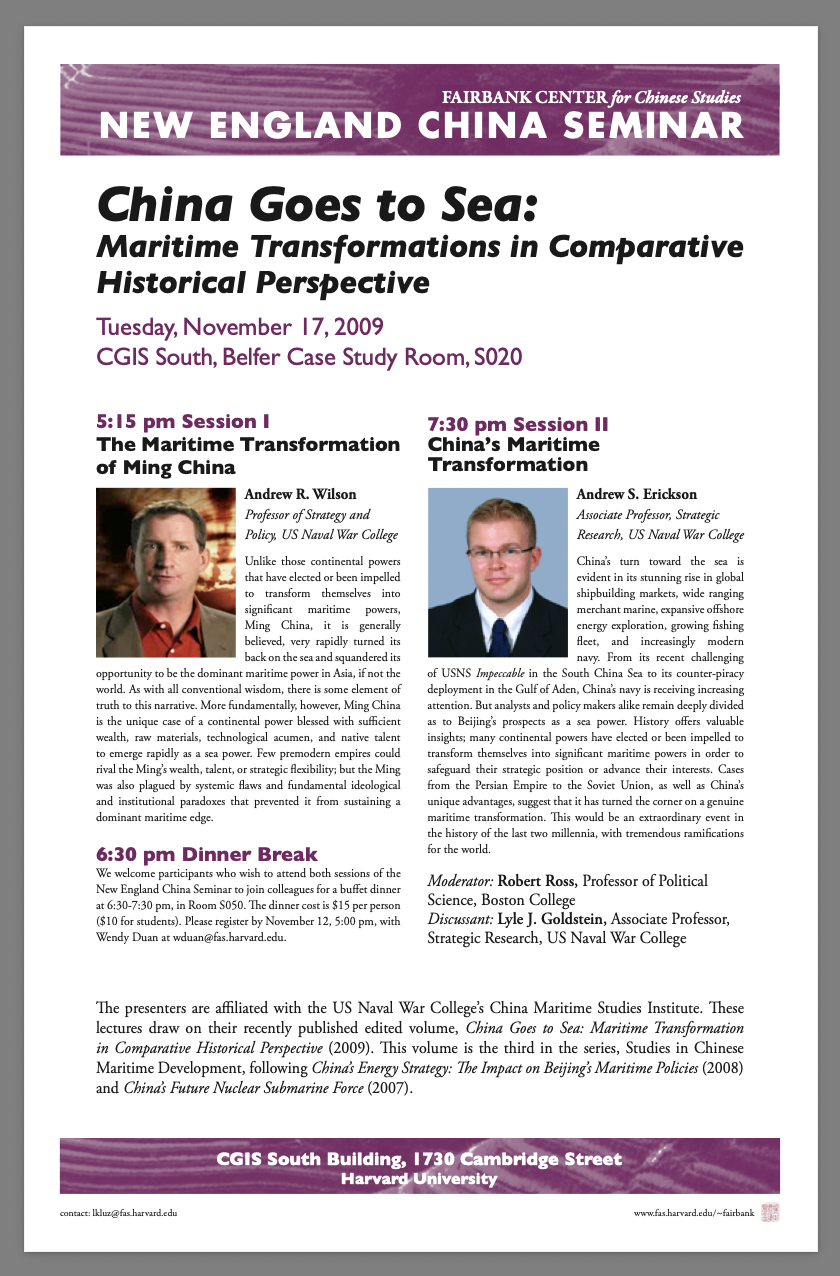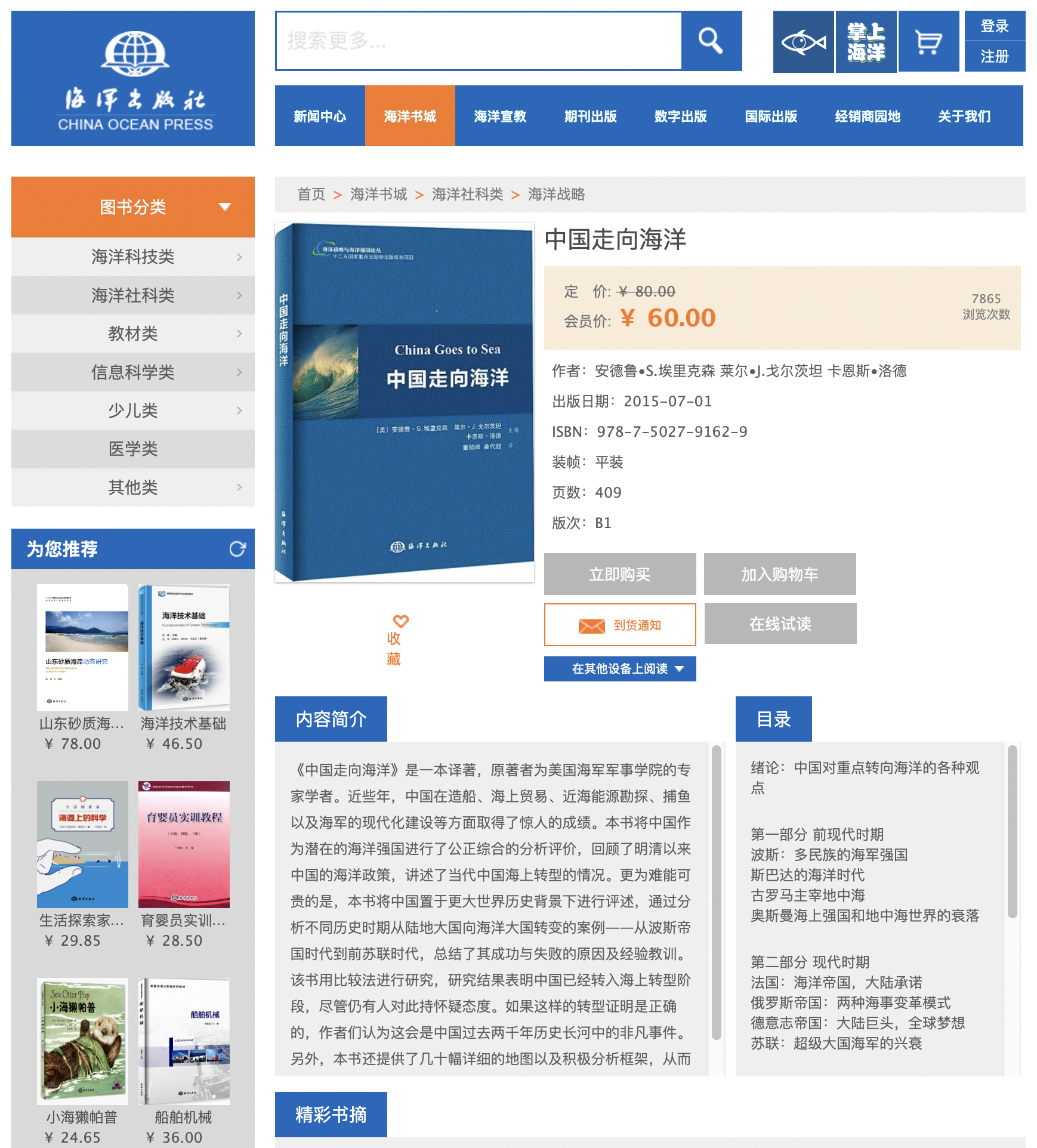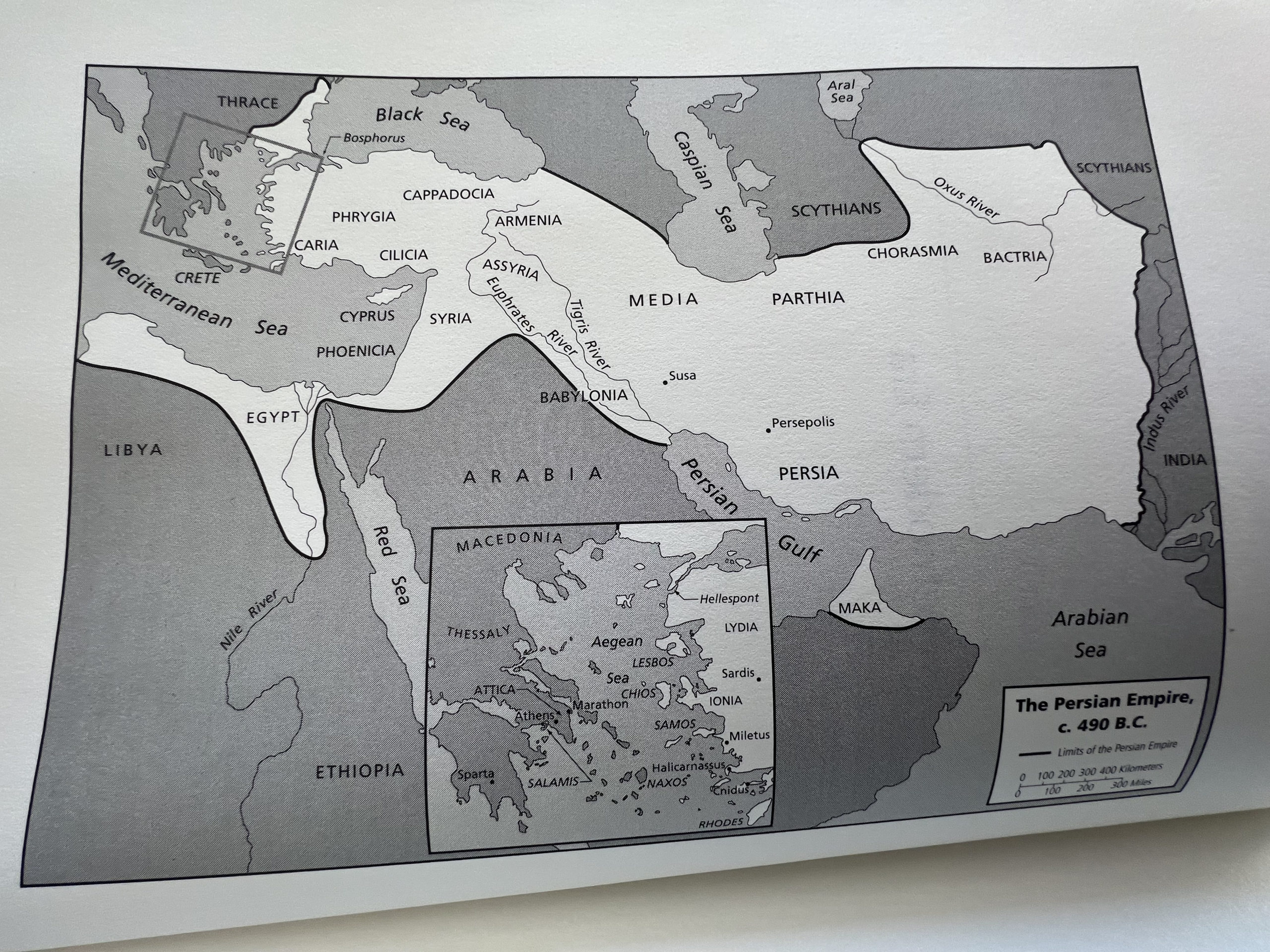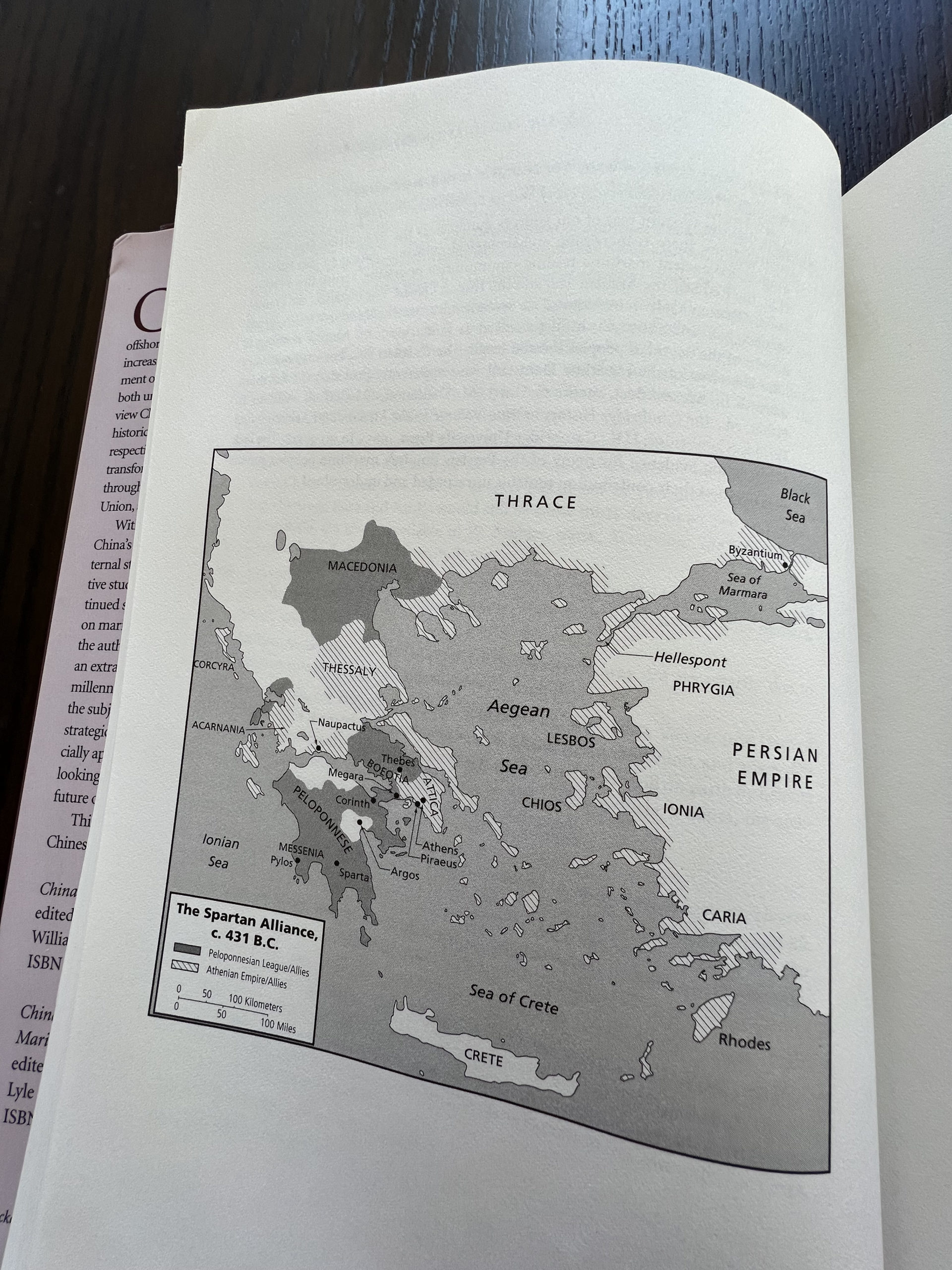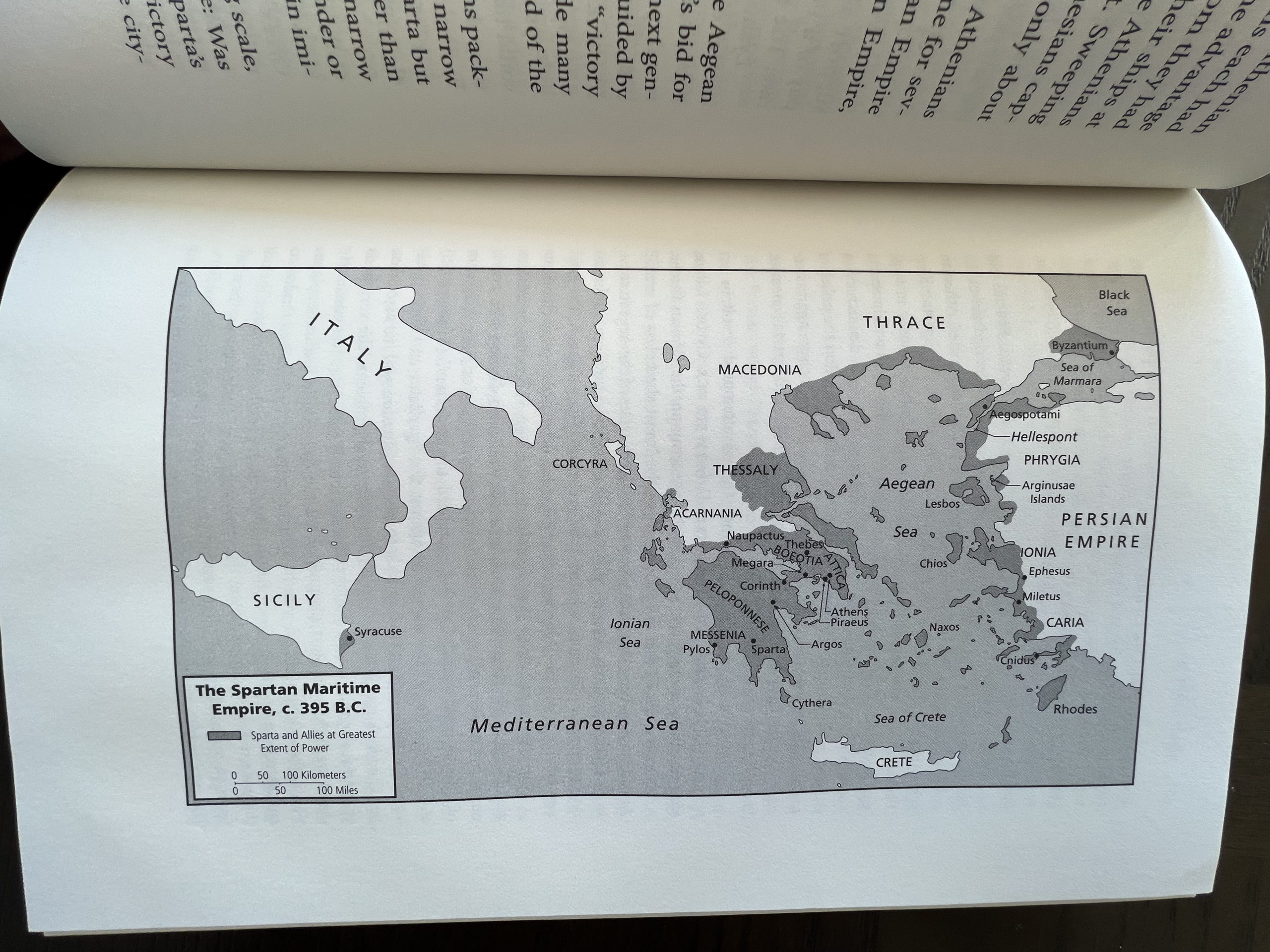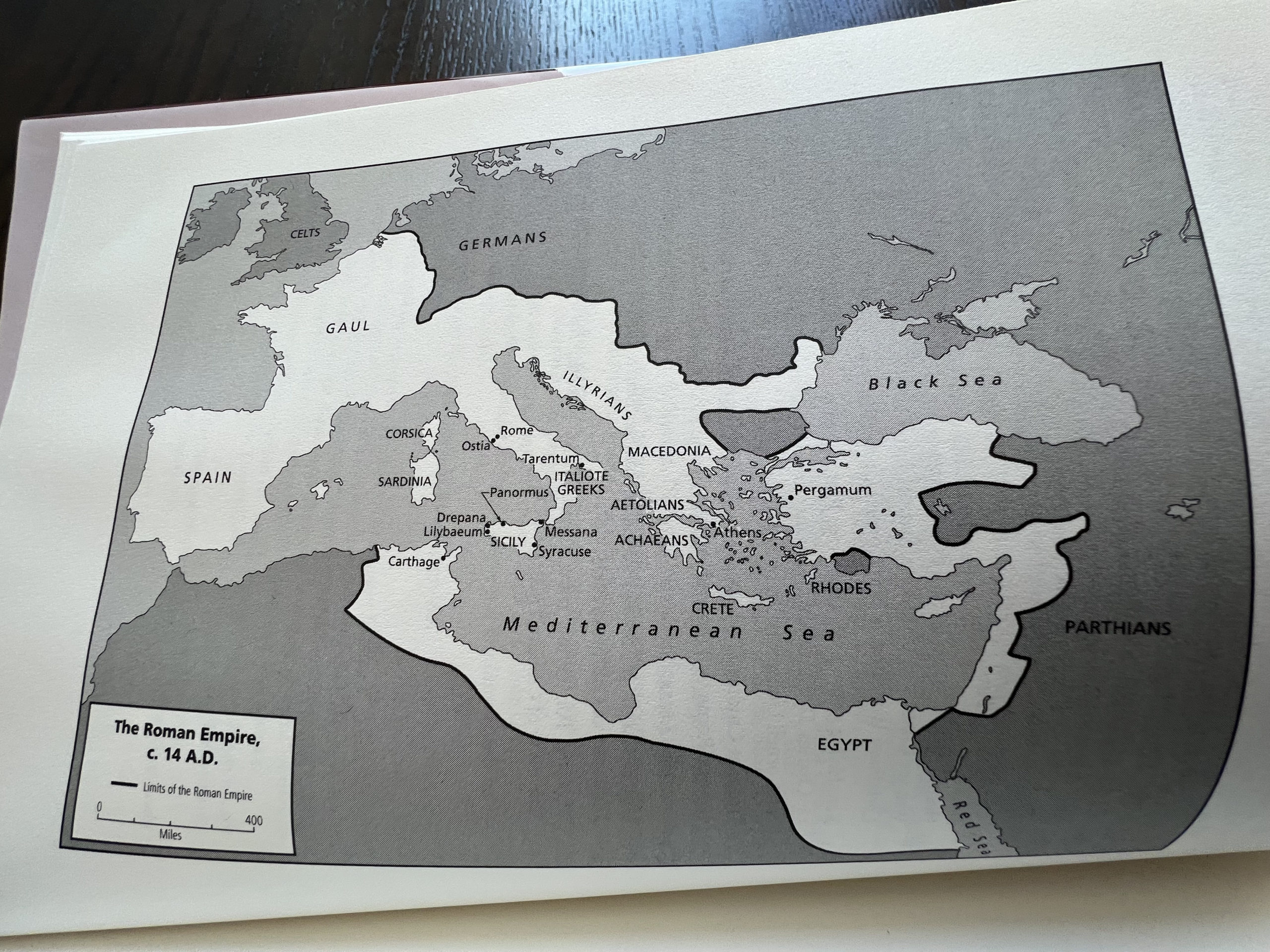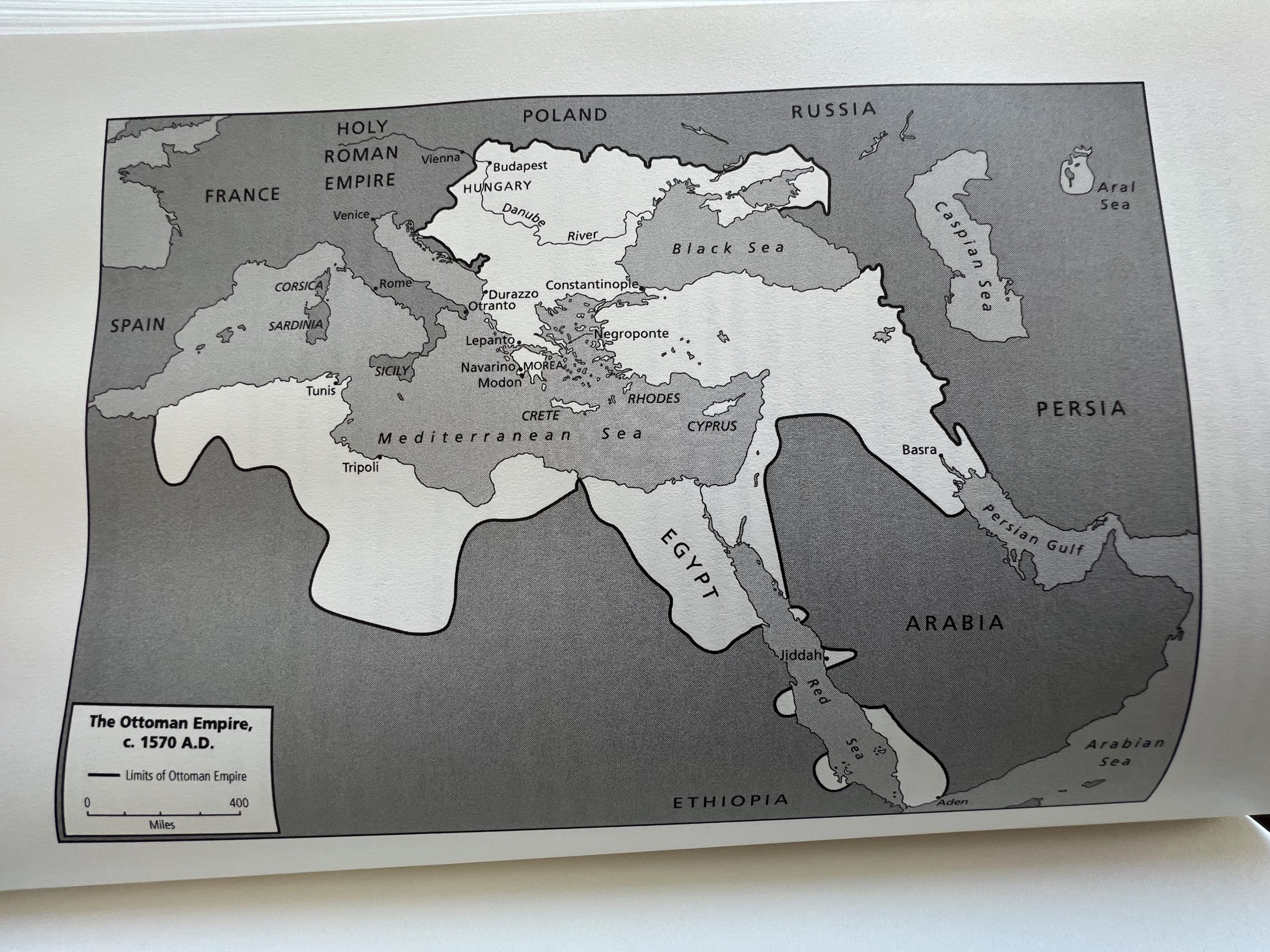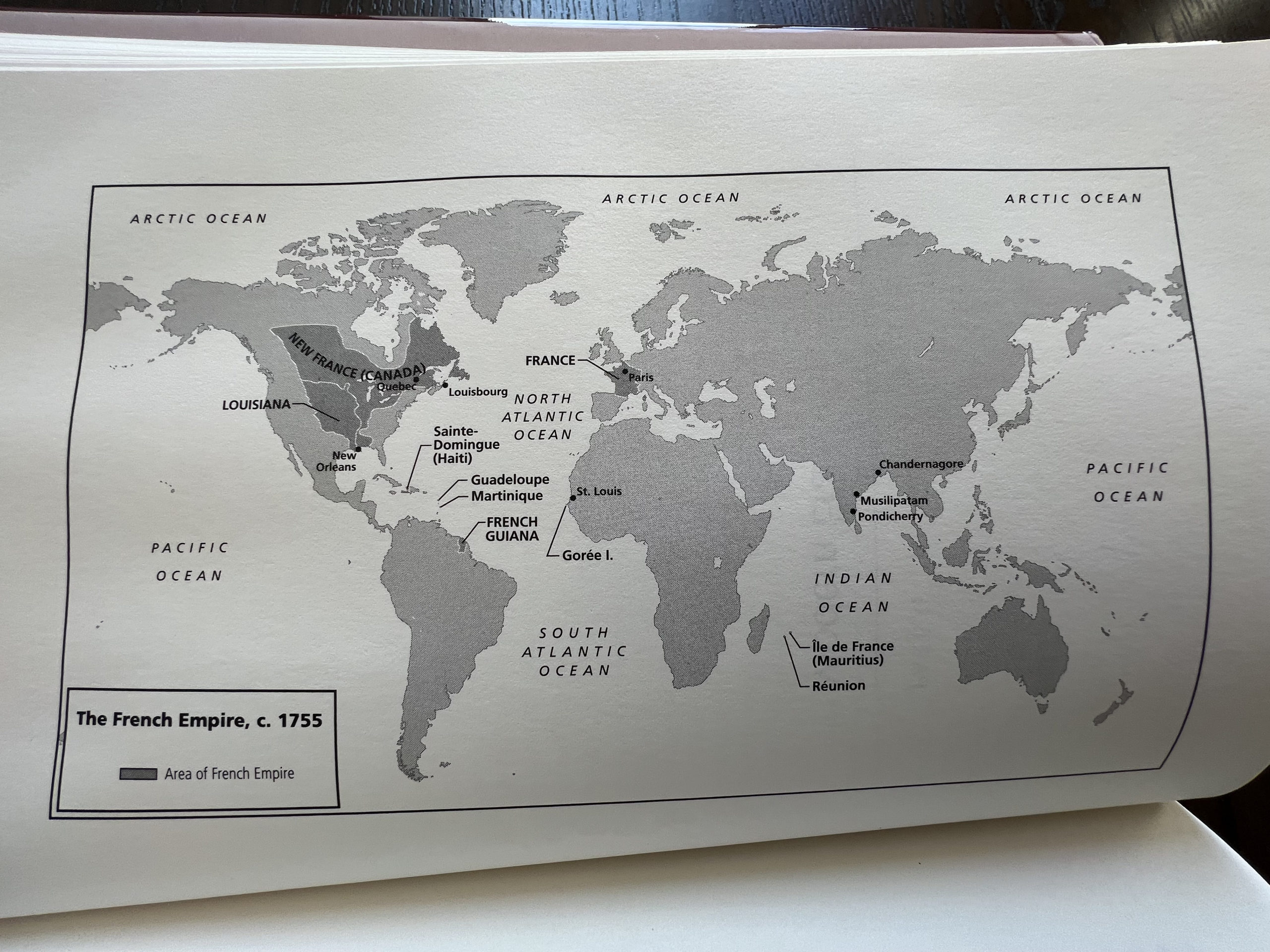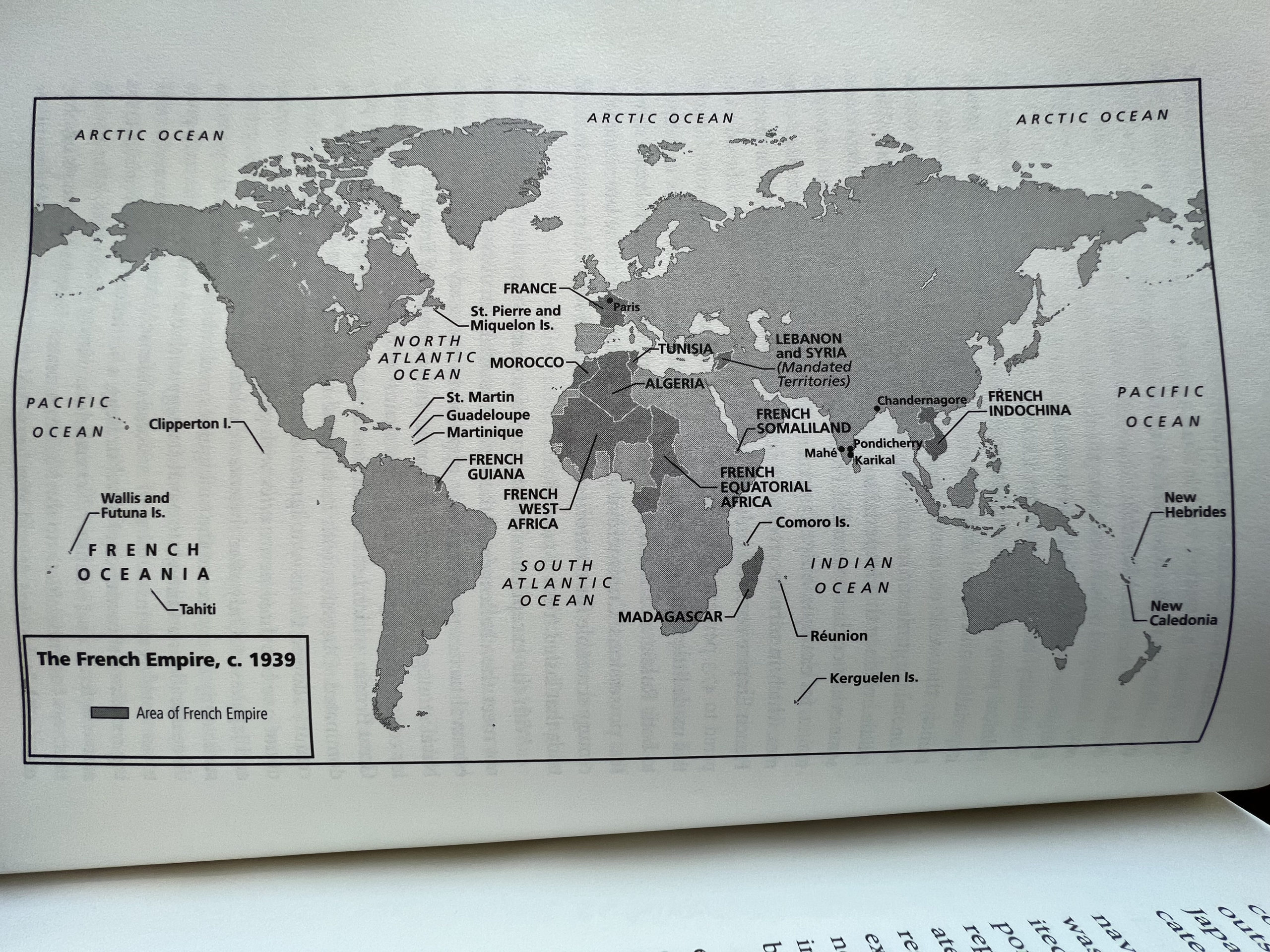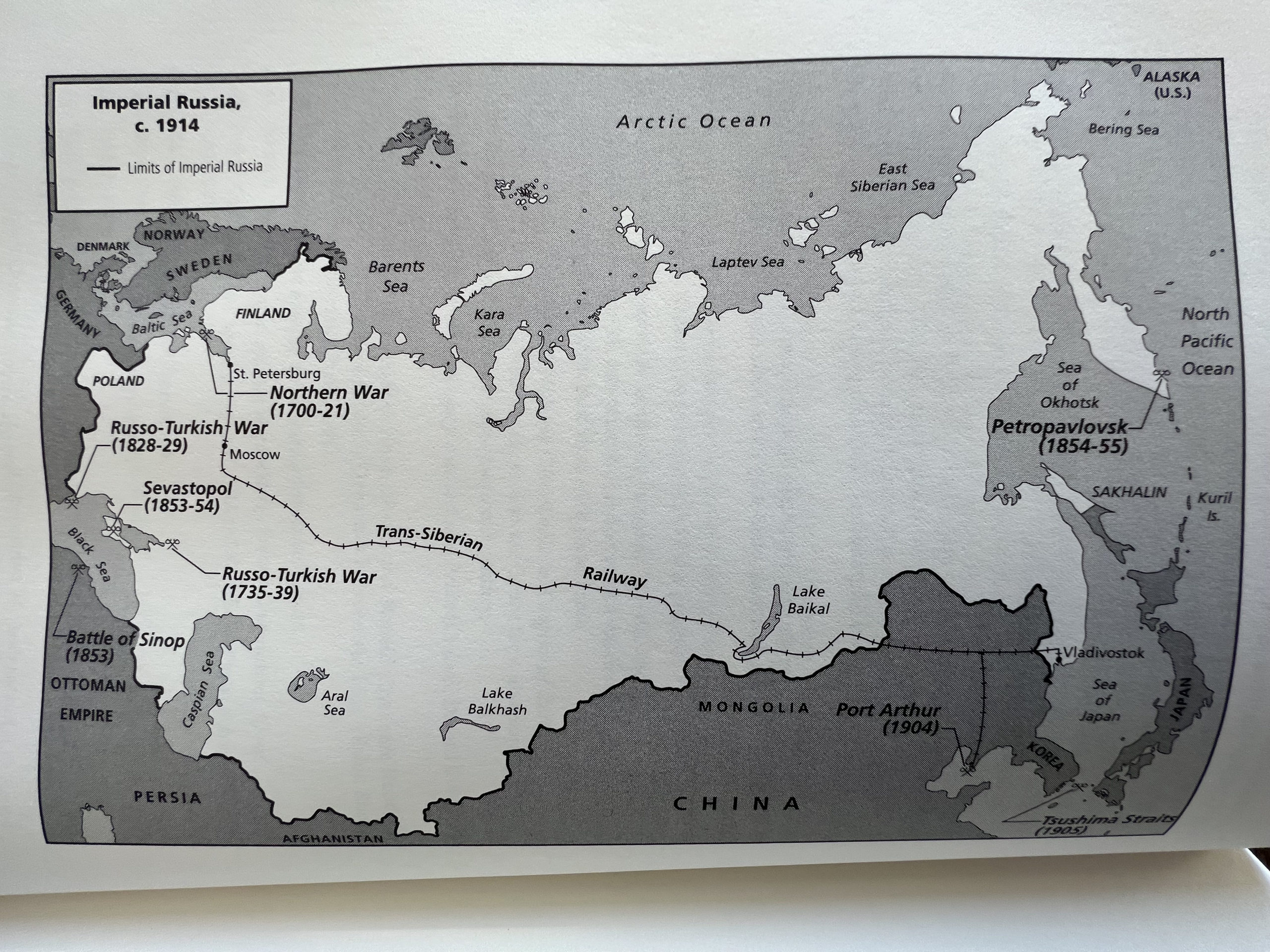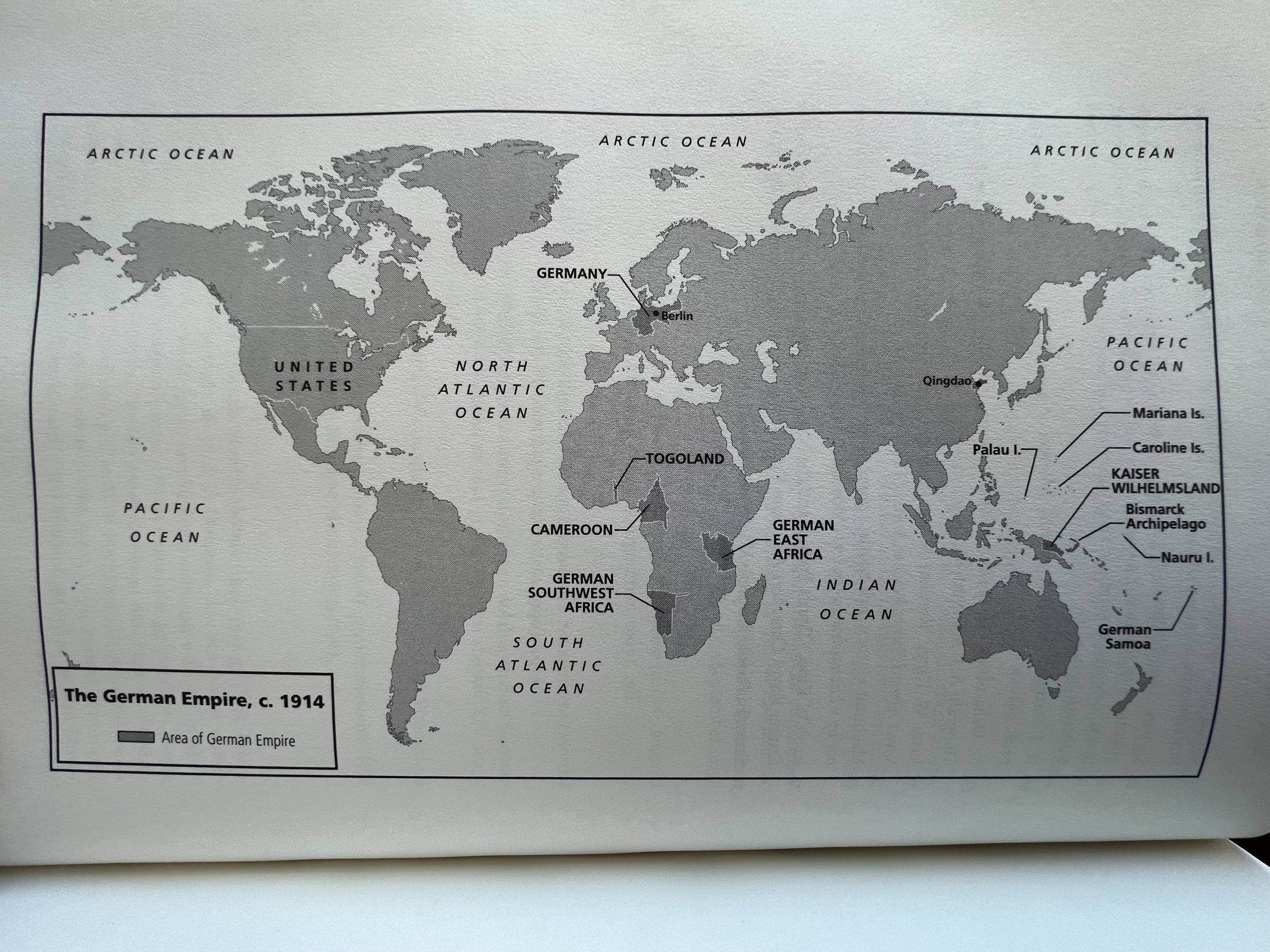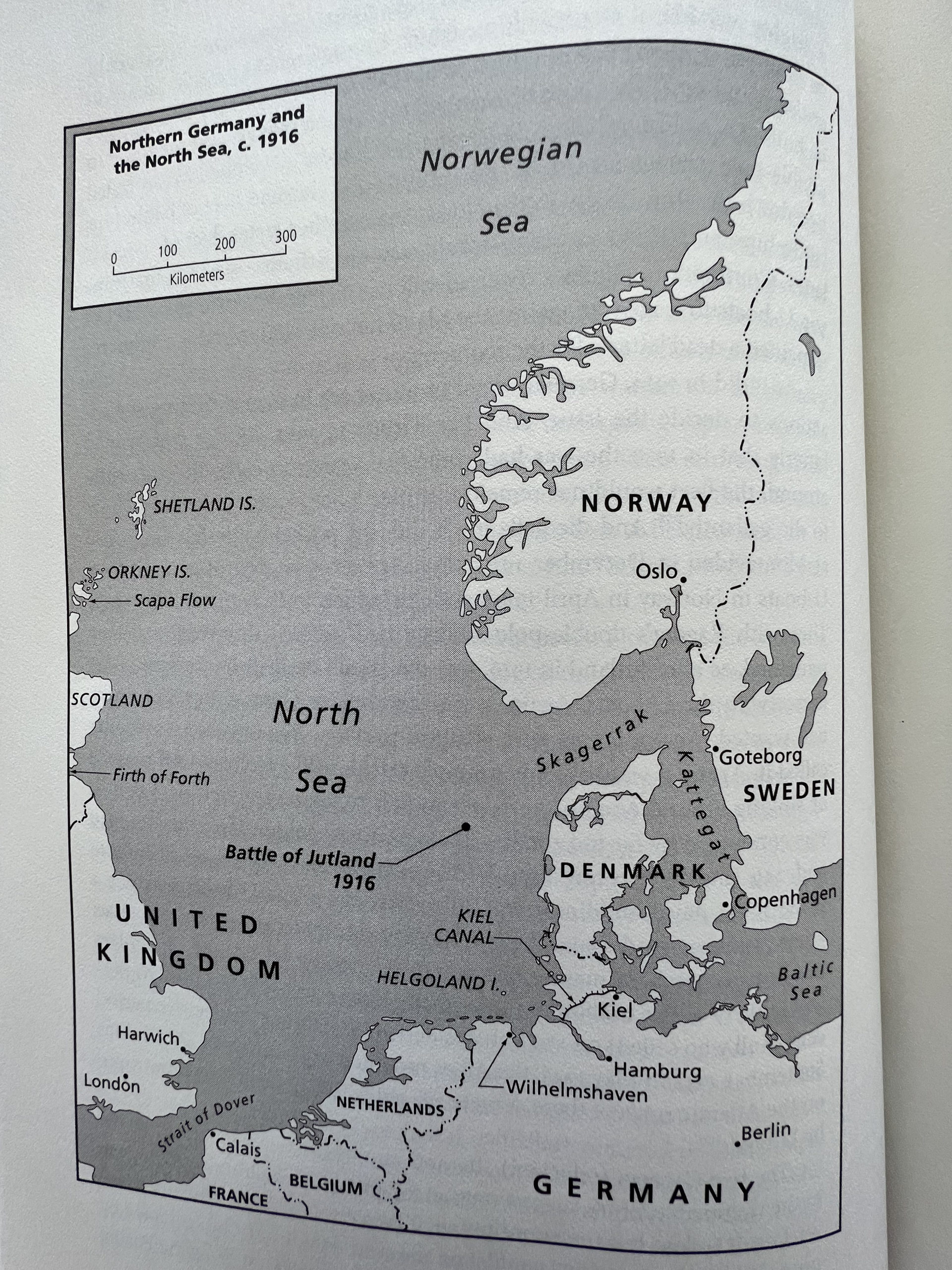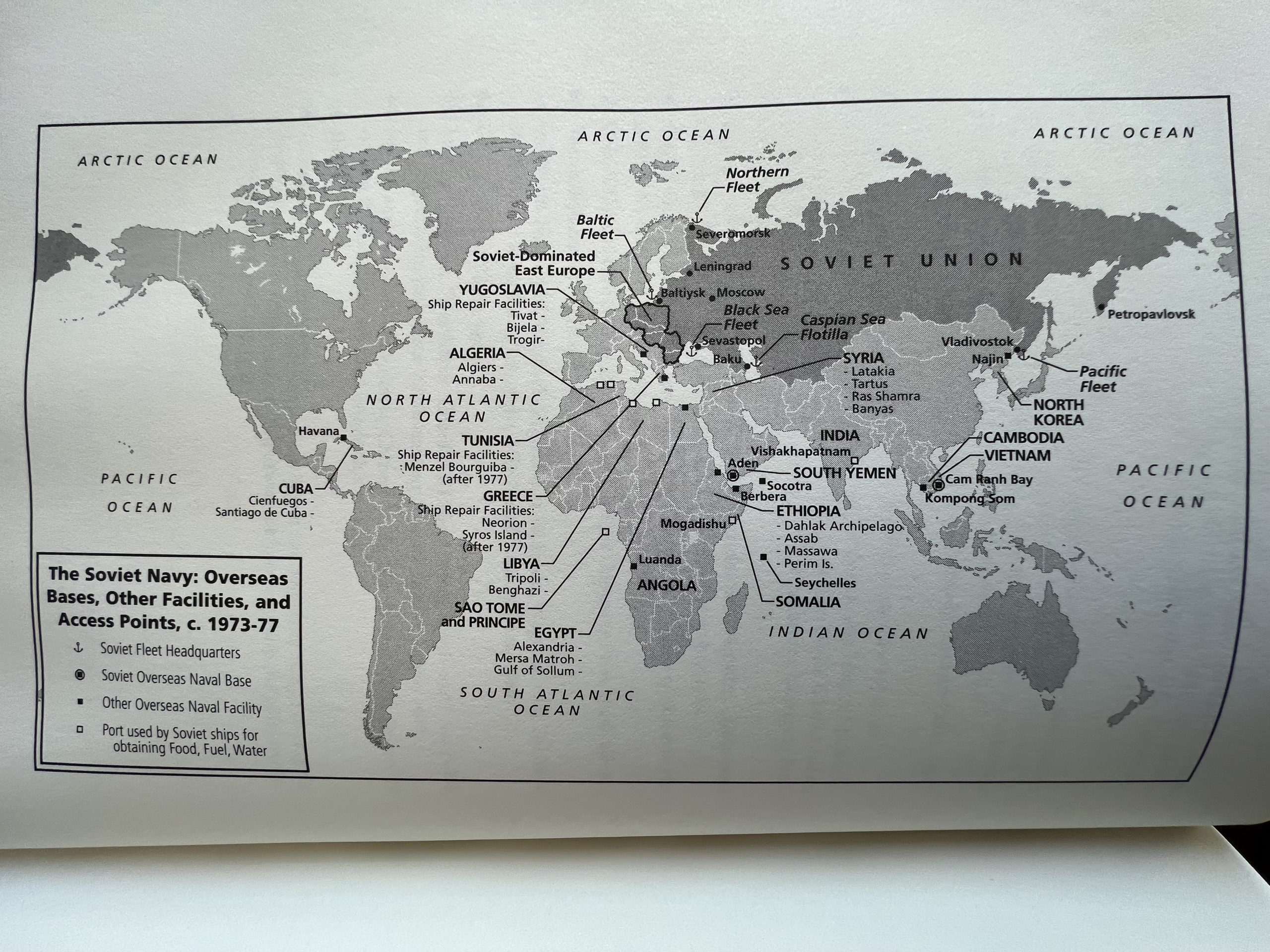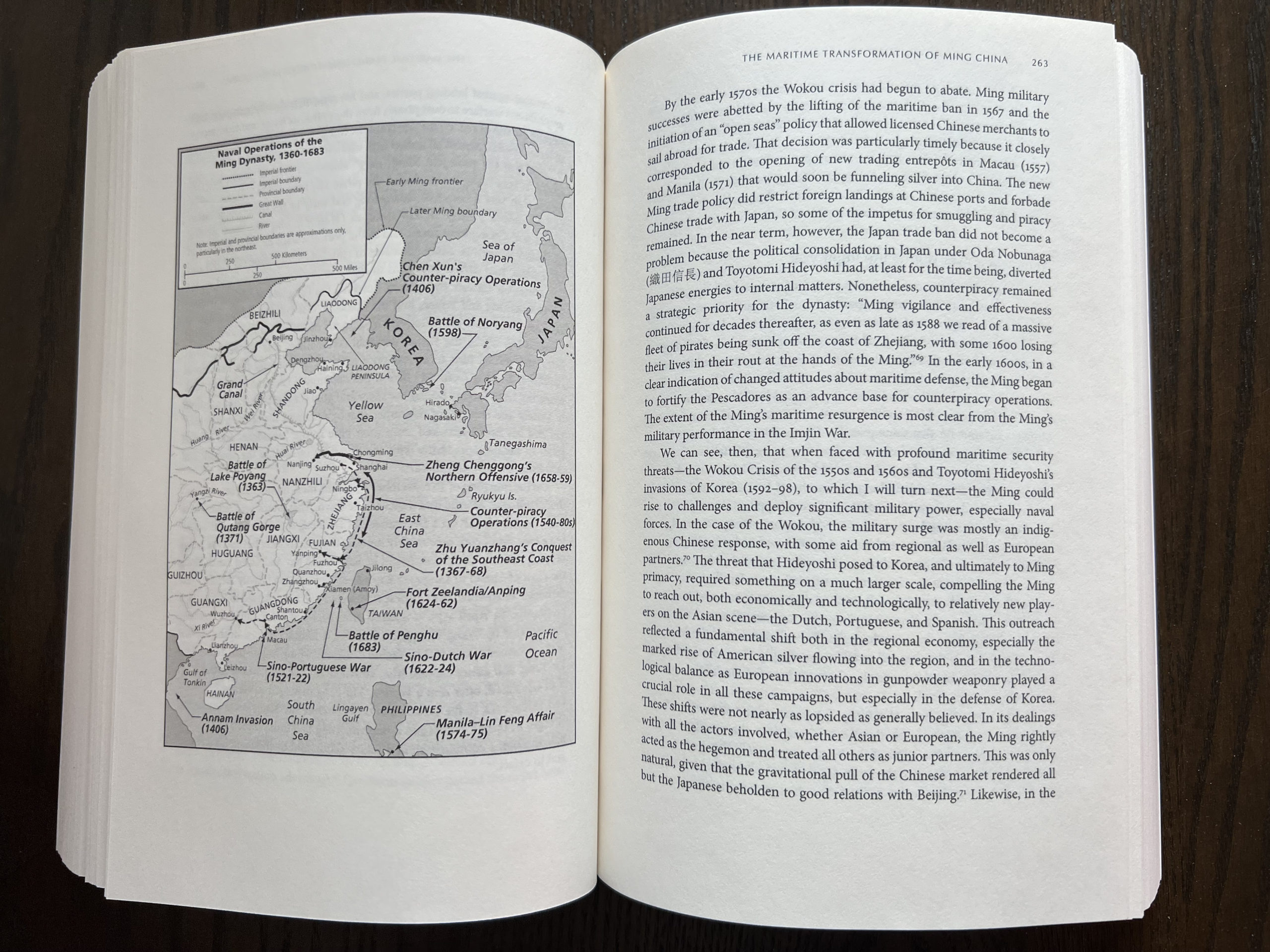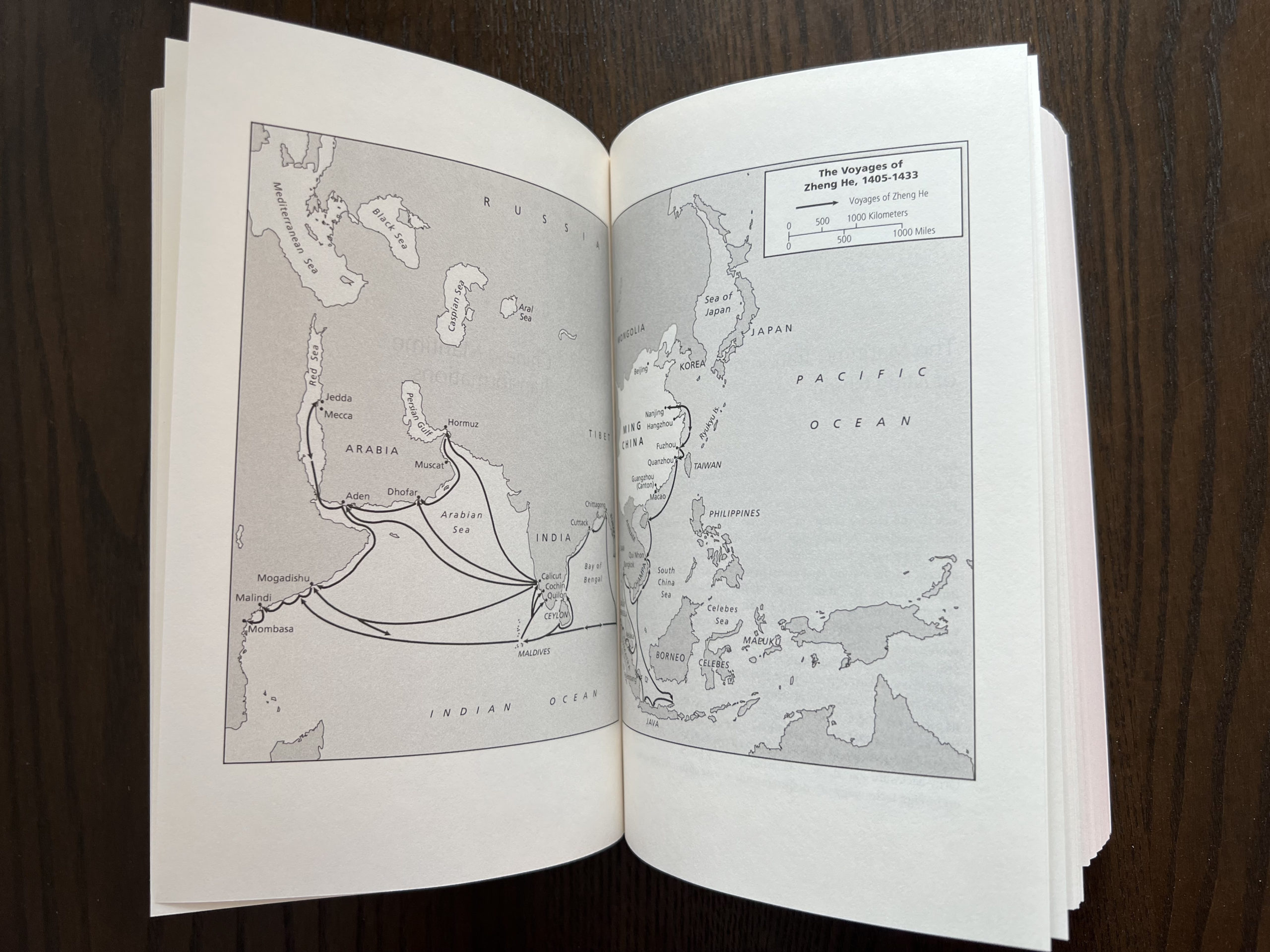China Goes to Sea: Maritime Transformation in Comparative Historical Perspective (CMSI Vol. 3)
The Naval War College’s China Maritime Studies Institute is proud to publish with the Naval Institute a new paperback edition of the most historically- and globally-oriented volume in our “Studies in Chinese Maritime Development” series to date!
Come for the maps, stay for the history—and the lessons for where China’s navy may be headed today and tomorrow!
We’ve shared our findings with all who expressed interest, up to and including the Secretary of Defense. Now you can examine them as you see fit…
Click here for complete details & maps: Andrew S. Erickson, “Now Out in Paperback! ‘China Goes to Sea: Maritime Transformation in Comparative Historical Perspective’,” China Analysis from Original Sources 以第一手资料研究中国, 15 January 2022.
Volume information: Andrew S. Erickson, Lyle J. Goldstein, and Carnes Lord, eds., China Goes to Sea: Maritime Transformation in Comparative Historical Perspective (Annapolis, MD: Naval Institute Press, July 2009; paperback 15 June 2021).
Honored to have the endorsement of the late, legendary Jonathan Spence, Sterling Professor Emeritus of History at Yale University and author of The Search for Modern China, among his many works:
“The maritime history of China has long been a neglected field. The absorbing interpretive essays in China Goes to Sea bring that knowledge-gap to an end by offering us two contrasting settings from which to view China’s current naval development: the first is an illuminating historical overview of how continental states from Persia and Sparta down to Imperial Germany and Soviet Russia applied their skills and resources to becoming naval powers. The other is a history of China’s own quest for naval growth, from the famous Ming dynasty voyages of the early 15th century down to the current blue water visions of expansion in the People’s Republic. This volume will be an indispensable companion to those seeking to understand where China’s navy may be heading.”
- Reprinted in Chinese as [美] 安德鲁·S.埃里克森 (Erickson A.S.) [Andrew S. Erickson], 莱尔·J.戈尔茨坦 [Lyle J. Goldstein], 卡恩斯·洛德 [Carnes Lord], 编者 [Editors]; 董绍峰 [Dong Shaofeng], 姜代超 [Jiang Daichao] (译者) [Translators]; 中国走向海洋 [China Goes to Sea], 海洋战略与海洋强国论丛 [Maritime Strategy and Maritime Great Power Forum Series], 十二五国家重点出版物出版规划项目 [Twelfth Five-Year Guideline State Key Publications Planning Initiative] (Beijing: 海洋出版社 [Ocean Press], 2015).
- Now out in paperback!
- Also available on Kindle.
- Required reading for the Naval War College Strategy and Policy Department’s Senior Leadership Course.
Coauthor of:
- Andrew S. Erickson and Lyle J. Goldstein, “Chinese Perspectives on Maritime Transformation,” xiii-xxxvi.
- Andrew S. Erickson and Lyle J. Goldstein, “China Studies the Rise of the Great Powers,” 401–25.
Authorized Chinese-language edition published in 2015 by China Ocean Press (oceanpress.com.cn):
- “Covers, Frontmatter, Table of Contents, and Index,” in [美] 安德鲁·S.埃里克森 (Erickson A.S.) [Andrew S. Erickson], 莱尔·J.戈尔茨坦 [Lyle J. Goldstein], 卡恩斯·洛德 [Carnes Lord], 编者 [Editors]; 董绍峰 [Dong Shaofeng], 姜代超 [Jiang Daichao] (译者) [Translators]; 中国走向海洋 [China Goes to Sea], 海洋战略与海洋强国论丛 [Maritime Strategy and Maritime Great Power Forum Series], 十二五国家重点出版物出版规划项目 [Twelfth Five-Year Guideline State Key Publications Planning Initiative] (Beijing: 海洋出版社 [Ocean Press], 2015).
- Andrew S. Erickson and Lyle J. Goldstein, “结论: 中国走向海洋的前景” [Introduction: Chinese Perspectives on Maritime Transformation], 1–19.
- Andrew S. Erickson and Lyle J. Goldstein, “中国探索大国崛起” [China Studies the Rise of Great Powers], 364–82.
Japanese-language summary translations now available: “書籍2:中国は海へ進出–歴史的経緯の比較による海洋の変革” and “大陸国家が海洋を目指す時.”
In modern history, China has been primarily a land power, dominating smaller states along its massive continental flanks. But China’s turn toward the sea is now very much a reality, as evident in its stunning rise in global shipbuilding markets, its vast and expanding merchant marine, the wide offshore reach of its energy and minerals exploration companies, its growing fishing fleet, and indeed its increasingly modern navy. Yet, for all these achievements, there is still profound skepticism regarding China’s potential as a genuine maritime power. Beijing must still import the most vital subcomponents for its shipyards, maritime governance remains severely bureaucratically challenged, and the navy evinces, at least as of yet, little enthusiasm for significant blue water power projection capabilities.
This volume provides a truly comprehensive assessment of prospects for China’s maritime development by situating these important geostrategic phenomena within a larger world historical context. Too many works on China view the nation in isolation. To avoid this problem, the authors, all authorities on their respective historical eras, examine cases of attempted maritime transformation through the ages, from the Persian Empire to the Soviet Union, and determine the reasons for success or failure. Their work updates other books written on the subject that have been overtaken by China’s rapid strategic and technological change. Readers will especially appreciate the book’s detailed maps and forward-looking analytical framework for understanding the future of Asian maritime power.
China is hardly the only land power in history to attempt transformation by fostering sea power. Many continental powers have elected or been impelled to transform themselves into significant maritime powers in order to safeguard their strategic position or advance their interests. Of course, China’s history and culture are to some extent exceptional, but building intellectual fences actually hinders the effort to understand China’s current development trajectory. Without underestimating the enduring pull of China’s past as it relates to threats to the country’s internal stability and its landward borders, this comparative study provides reason to believe that China has turned the corner on a genuine maritime transformation. If that proves indeed to be the case, it would be a remarkable if not singular event in the history of the last two millennia.
This is the third book in the series “Studies in Chinese Maritime Development” published jointly by the China Maritime Studies Institute and the Naval Institute Press.
BLURBS (FULL-LENGTH)
“The maritime history of China has long been a neglected field. The absorbing interpretive essays in China goes to Sea bring that knowledge-gap to an end…. This volume will be an indispensable companion to those readers seeking to understand where China’s navy may be heading.”
–Jonathan Spence, Yale University, author of Treason by the Book and The Search for Modern China
“This is an original and well-designed collection of scholarly essays on the larger historical context of China’s current maritime growth. … an important read.”
–Paul Kennedy, Yale University, author of The Rise and Fall of the Great Powers
“This book deserves to be read by every career Navy and Marine officer and then retained on his/her bookshelf.”
–Rear Admiral Ronald J. Kurth, USN (Ret.)
“…a remarkable collection of essays by a group of outstanding scholars. … Current developments make it essential reading for students of China, strategy, and international relations.”
–Donald Kagan, Yale University, author of On the Origins of War and The Peloponnesian War
“Among its many other merits, it provides a valuable window into what the Chinese themselves are thinking about strategic maritime matters.”
–John Curtis Perry, The Fletcher School of Law & Diplomacy, Tufts University
“…a major contribution to the development of a comparative and historical perspective on contemporary China’s growing maritime ambitions. …essential reading for scholars and policy makers concerned about Chinese defense policy and developments in Chinese maritime policy.”
–Robert S. Ross, Professor of Political Science, Boston College
“…a veritable feast of delights. It shows how important Chinese maritime power is likely to be for the rest of us, but also how complex that issue actually is. It identifies so many lessons, and it establishes the dangers, limits and opportunities so well that we must hope that Chinese policy-makers also read this deeply authoritative book closely, for their sake, as well as for ours.”
–Geoffrey Till, Corbett Centre for Maritime Policy Studies, UK, author of Seapower: A Guide for the 21st Century
“Throughout Asia today, China dominates the conversation….This valuable new book… provides in one volume a comprehensive assessment of China’s naval development, the principal historical precedents, and the complex thought process that guides the Chinese Navy’s leadership.”
–Admiral Walter F. Doran, USN (Ret.), former Commander, U.S. Pacific Fleet
ANNOUNCEMENT
Summary of Andrew S. Erickson *06, Lyle J. Goldstein *02, and Carnes Lord, China Goes to Sea: Maritime Transformation in Comparative Historical Perspective (Annapolis, MD: Naval Institute Press, 2009), Princeton Alumni Weekly, 23 February 2010.
REVIEWS
“…a must-read for those interested in gaining a strong foundation to understanding the Chinese navy. …provide[s] a strong comparative historical framework to analyze and comprehend the vicissitudes of China’s navy. …an ambitious work that… touches on… many relevant issues to current day naval might. …sure to inform the amateurs who know little beyond Zheng He’s voyages of the 15th century to the experts who have yet to contemplate the lessons that can be learned from histories of fallen ancient empires. Erickson, Goldstein and Lord break up their work into sections that alone are worthy to be published. … offers a wealth of knowledge and history meant to help determine possible future strengths, weaknesses and potential trajectories. Readers will notice the importance and continuous debate about whether China is a maritime, continental or maritime-continental power. This theme …will be interesting to follow in the years and decades to come. …represents a new and fresh lens through which to understand the PLAN and is a welcome addition to any scholar or enthusiast’s library.”
– Diana Sweet, Washington Journal of Modern China 10.1 (September 2011): 73–75.
“This book is a wonderful academic review not just of China’s maritime power but of the history of sea command. The editors do a remarkable job of building a comprehensive picture of where China stands today in its pursuit of maritime capability to match its economic ascendency and continental military power. …In answering why China needs a maritime power projection capability, this book clearly illustrates the links among economics, national security, and strategic ambition. All too often the naval lobby forgets to link these factors. Perhaps this lesson should be allowed to reverberate around Western corridors of power, next time the naval lobby comes second in the debate over the division of meager defence resources. … The introduction poses a list of 10 key questions. These questions are so pertinent they should be given to those charged with generating maritime strategy. These 10 simple questions illuminate the issue of strategy generation with clarity and vision. I would commend them to any student or serving officer when looking for a justification of the importance of maritime strategy within the realm of national security. The first part of the book is devoted to pre-modern era maritime states, charting collectively the rise of Persia, Sparta, Rome and the Ottoman Turks. This succinct comparative review would serve as an excellent introduction to any student of naval power in the ancient world. The authors bring a fresh perspective to events that have traditionally caused narcolepsy to students. …”
– Dave Mugridge, Canadian Naval Review 7.2 (Summer 2011): 42–43.
“The US Naval Institute Press has, along with the China Maritime Studies Institute at the US Naval War College, published key studies on PRC maritime developments. Their July 2009 study, China Goes to Sea, was seminal.”
– Gregory R. Copley, “Focus on PLA(N),” Essential Reading: Important New Strategic Literature, Defense & Foreign Affairs Strategic Policy 4 (2011): 16.
“the breadth and quality of the various contributions mean that it has relevance to a much more extensive readership than the dedicated follower of Chinese naval strategy. … A particularly interesting chapter contributed by Messrs Erickson and Goldstein analyses the findings of the Chinese government’s own recent study entitled The Rise of Great Powers. … many strands are drawn together in Carnes Lord’s concluding chapter. This provides both a clear summing up of the many hurdles land-based powers face when they embark on a maritime transformation, and a well-reasoned assessment of the point China has reached in its own voyage to the sea.”
– Conrad Waters, author, Seaforth World Naval Review 2012; in “Naval Books of the Year,” John Jordan and Stephen Dent, eds., Warship 2011 (Annapolis, MD: Naval Institute Press, June 2011), 184–85.
“This book is not just for China experts; it is for all those readers interested in the development of sea power at its most basic – that is, how did a number of states develop and use their navies, why did some keep them and others discard them?”
– Andrew Forbes, The Northern Mariner 20 (2010): 430–31.
“China Goes to Sea is to be welcomed for all the right scholarly reasons and its contributors are to be congratulated for shedding further light on the fascinating yet manifestly unfinished story of China’s maritime transformation.”
– Malcolm H. Murfett, National University of Singapore, International Journal of Maritime History 22.1 (June 2010): 384–86.
“The excellent idea behind this collection is the historical comparison of how other powers in other times have made the transition from land to sea power. … In addition to its portraits and perceptions of Chinese naval expansion, the book has fine introductions to more obscure topics, such as the Ottomans. …Especially for policy makers. Summing up: Highly recommended. Most levels/libraries.”
– R. Higham, emeritus, Kansas State University, Choice: Current Reviews for Academic Libraries 47.9 (May 2010).
“…important not only for those working in naval studies and for sinologists, but also for scholars concerned with the idea of strategic culture and its application.”
– Jeremy Black, University of Exeter, Naval War College Review 63.3 (Summer 2010): 156–57.
“This is a vital book that ought to be read by all the world’s political leaders and their advisors, senior military personnel and pro-active business people. Not only does it, as it claims, put China’s maritime transformation into historical perspective, it puts almost all maritime commerce into historical perspective. In analysing China’s current situation, it provides a brilliant overview of global commercial history.”
– Ships and Shipping (March 2010): 37.
“…The last two parts of the book look just at China. They consist of three particularly stimulating chapters which look at the rise and fall of Chinese seapower in the past and four which explore possible trajectories into the future. What emerges is a picture of the Chinese pragmatically transforming themselves (back?) into a sea-faring nation …an excellent book which sparks ideas about a lot more than ‘just’ the maritime transformation of China.”
– Anonymous reviewer, 10 February 2010.
“The third book in the Studies in Chinese Maritime Development series, this volume includes maps and essays on the nation’s seagoing endeavors from ancient times to the present.”
– Katherine Duke, “Short Takes,” Amherst Magazine (Winter 2010).
“Placing China’s efforts to expand its maritime power in historical context, the authors contend that the country may finally be on the verge of transforming itself from a strictly continental to a maritime power.”
– Survival 52.1 (February–March 2010): 229.
“compares historical examples dating from the Persian Empire’s maritime transformation in 550-490 BC to China’s ongoing metamorphosis, expertly addressing the factors influencing China’s turn to the sea. … This volume includes excellent work… highlighting a number of ways in which China appears to be deviating from the path historical precedence would seem to dictate. …evidence that China’s path may not replicate historical examples is offered by Erickson and Goldstein, who provide an excellent overview of how Beijing has studied the rise of great powers in hopes of emulating successes and avoiding pitfalls. Carnes Lord reviews the factors that led to failed maritime transformations and finds no compelling reason that China’s turn to the sea will fail. Instead, he finds a country that has accurately identified its geostrategic vulnerability to seaward attack and has adjusted its maritime policies to these changing security requirements. Lord’s only question is the pace and degree of China’s maritime transformation.”
– Scott W. Bray (the U.S. Navy’s Senior Intelligence Officer for China), “Turning to the Sea… This Time to Stay,” Book Review Essay, Asia Policy 9 (January 2010): 167–72.
“should be required reading for anyone interested in either China or, more broadly, maritime strategy. … Whether China is able to achieve what few nations in the past have done and transform itself from a continentalist past to a maritime future is an issue that will continue to be addressed for years to come. … This book is an extremely valuable contribution to that debate.”
– Capt. Gordon Andrew, RAN, Australian Defence Force Journal 180 (2009): 85–86.
“Comprising a collection of essays from 17 clear headed and far sighted scholars it succinctly analyses present day China and its position in the maritime world, indeed in the whole world. This is one of those rare books that delivers vastly more than it promises. A fine piece of literary jewellery full of smaller gems.”
– Baird Maritime, 10 August 2009.
“…an impressive study with a sophisticated and comparative approach, a worthy addition to any library. It is an informative read that will please history-buffs and political-wonks alike.”
– Xinhui, China Defense Blog, 4 August 2009.
ENGLISH & JAPANESE SUMMARIES OF BOOK:
Andrew S. Erickson, Lyle J. Goldstein, and Carnes Lord, “When Land Powers Look Seaward,” U.S. Naval Institute Proceedings, 137.4 (April 2011): 18–23.
A continental-to-maritime transformation has been attempted frequently through the ages, but only rarely with success. The past offers lessons to a navally expanding China.
As European naval powers decline rapidly and the U.S. Navy diminishes quantitatively, China is going to sea. This ends a great historical trend that began six centuries ago, in which China withdrew inward and European naval expansion spread Western influence worldwide.
Now, for the first time in history, a robust and enduring debate pervades Beijing: Is China a continental power, a maritime power, or both? To what extent will its persisting political and strategic geography and the continentalist strategic culture it helped to form constrain its development as a maritime power? … … …
Proceedings 4 月号 中国特集からの論文紹介
米海軍協会(Naval Institute)の機関誌プロシーディングス(Proceedings)の2011 年4 月号は、中国に焦点を置いた論文を掲載している。その中で特にユニークで興味深い次の論文2題を紹介する。
大陸国家が海洋を目指す時
アンドリュー・エリクソン(Andrew Erickson)
ライル・ゴールドスタイン(Lyle Goldstein)
カーンズ・ロード(Carnes Lord)
これらの論文は、個人的な見解に基づくものであるが、著者は何れも米海軍大学に所属する新進気鋭の教授達であり、米海軍戦略のシンクタンクを担っていると目される。(編集部記)
要 旨
この論文は、中国のような伝統的大陸国家が、如何にして海洋国家への転換を果し得るかということをテーマとしている。そしてその論旨は、大陸国家から海洋国家への転換が、大昔から度々試みられてきたが殆ど成功していないという歴史的な事実を指摘しながらも、希有な成功例として古代ペルシャを挙げ、中国はこれらの歴史から教訓を導くことができることを示唆している。
抄 訳
大陸国家から海洋国家への転換が、大昔から度々試みられてきたが、殆ど成功した例がない。この史実が、海軍を膨張させている中国に教訓を与える。
欧州の海軍力が急速に衰退すると共に米海軍が量的に減り、そして中国が海に進出しつつある。このことは、6 世紀前に始まった非常に大きな歴史的傾向、つまり中国が内方に退き、欧州の海軍拡張が西洋化として世界的に広まった歴史的傾向が終わることである。
今、久々に難しい議論が北京に広がっている。中国は大陸国家か? 海洋国家か? 或いはその両方か? そして、地勢に関しては、どの程度まで政治的かつ戦略的に固執し、大陸国家としての文化が、海洋国家としての発展を拘束するだろうか?
1 歴史的な洞察
古代ペルシャは、海洋国家としての伝統に欠けていたが、その指導者達は新しい考えに対して寛容であった。始め彼らは海を障壁と考えていたが、次第に物流・情報伝達(Communication)のハイウェーと見なすようになり、広範囲にわたり海軍の経験を積んでいった。彼らは、財源を多く充当することにより、歴史上初めて真に有効な海軍を構築した。その努力の規模と経済的活力は、今日の中国に匹敵するかもしれない。
オスマン帝国は、相当な資源を持っていたが、大陸主義国家の枠を克服できなかった。オスマン帝国の国境地域は脅威に曝され続けており、注意力と資源を使い果たしていた。オスマン帝国が使用した艪櫂のガレー船は、地中海において地上兵力を輸送するには適していたが、より広く、かつ、陸地による制約が少ないインド洋には適さなかった。オスマン帝国は、経済のグローバル化に追従できなかったため、初めての世界市場において、これを支配する機会を逸してしまった。
その後、海洋活動の中心が大西洋に移り現代に至る。この間、幾つかの大陸国家が海洋国家への転換を試みたが成功は極限られた。例えば、フランスは4度海洋国家への転換を試みたが何れも失敗した。仏中央政府の脆弱性と組織の混乱は、慢性的な問題であり、反商業的かつ反皇帝的な考え方がエリートの間に蔓延し、脆弱な財政システムは海軍の構築と維持を妨げ、陸・海軍の関係は、首尾一貫して無きに等しかった。このフランスのケースは、特に中国に対して重要な示唆を与えるかもしれない。先ずこの例は、内部の思想統一が、海洋国家へ向けた前提条件であることを示している。また中国はフランスの様に良港に恵まれ海へのアクセスも整っているが、内陸部の資本と内陸部の水路システムもまた、国家として海を越えた商業への依存度を軽減してきた。フランスと同様に中国は、比較的明確に三分された海洋の境界線を持ち、その夫々に配置された艦隊が、上手く連携して敵を打ち破ってきた歴史がある。両国とも、そのエリート達全体にわたり海軍力又は海洋への伸展に対する懐疑心又は徹底した敵意があったと共に、発作的な海軍開発の歴史がある。大陸主義についての上手い説明振りは、「エリートの積年の思い込みが、陸の国境に対する脅威感であり、またチャンスも陸の国境によって齎らされる」というものである。
ドイツ帝国の大洋への進出は、非友好国に制されたチョークポイントがあるために制約されてきた。ドイツは、この制約を回避するために海軍の整備を企てたが、その結果、国自身を拡張し過ぎてしまった。海軍は、単に大陸二正面への挑戦に報いることができなかったに過ぎない。このドイツのケースは、中国にも幾つか当て嵌まるものがあり、また一つの大きな相違点もある。両国とも古代海洋国家の伝統を持つが、何れも地政学的には新参者であった。両国とも包括的(経済的、技術的及び教育的)な中庸を以って海洋国家への転換を支えた。その中心は、海洋経済の資本家達に支持された政府主導の工業化であった。しかしながら、史実から結論付けられる大きな相違点は、中国が損害の大きい強国との戦争を避けてきたことである。
2 中国の経験
歴史家達は、中国が海洋を軽視してきたことを誇張する嫌いがある。南宋朝時代(1127-1279)には、その首都であり長江(Yangtze River)の海港である杭州(Hangzhou)があった。モンゴルが宋を倒し元朝(1271-1368)として継承した時代、大きな造船所が十分な海軍力を支えていた。モンゴルは、成功こそしなかったが中世時代に最大の水陸両用作戦を、日本、ベトナム及びジャワに対して行った。1300 年代、中国は、最先端の技術革新を造船と海軍装備に齎し、磁気羅針儀を発明した。
明朝時代には一貫して強力な海軍が存在した。明は中国南部の敵に対して海軍力を行使して広い範囲で戦勝し、初めてその地位を確立した。1363年のハ陽湖(Lake Poyang)の戦いは、数少ない中国の海戦の歴史の中で最も大きく決定的な戦いであり、両者とも数百隻の戦舟が含まれていた。
明時代における海洋活動は、宦官提督鄭和(Eunuch Admiral Zheng He)(1405-33) の7 度の航海でピークを迎える。永楽帝に支持された鄭和は、数百隻の船と数千人の人員、そしてあるものは440ft 以上の船長、2 万トンの排水量を持つ史上最大の木造船からなる遠征部隊を率いた。これらの航海は、交易を促進し、属国と宗主国の関係を再開させ、ハード及びソフト・パワーを顕示し、そして明の旗をマラッカ海峡、インド洋を越えペルシャ湾及びアフリカ東岸にまで翻させた。しかしながら鄭和の経費のかかる航海は、明に具体的な利益を齎したものの、危険と無駄が多いとする朝廷の官僚主義の反対により、永楽帝の死後彼の航海は、1 回だけで終わった。
1500 年代、過酷で不平等に強要される朝廷の勅令が、遠隔地に及ぶ海洋商業を妨げ、中国や海外の商人達を海賊に駆り立ててしまった。明は、総合力としても、また交易力としても依然として大きな海洋力を有していたにもかかわらず、海洋における主導権を失い、倭寇の襲撃が活発(1540 ~1580 年代)であった自国沿岸からこれらの海賊を駆逐し、海洋商業を阻害していた上記勅令を廃止するのに年月を要した。
清時代(1644-1912)の中国の地政学的方向は、北洋水師(Beiyang Navy)の長であった李鴻章(Li Hongzhang)と新疆奪回の遠征軍指揮官左宗棠(Zuo Zongtang)の論争で決した。清は、結局大陸国家を選択し、その後、国家と李将軍の双方ともがその結果に苦しめられた。清は、内部に政治的問題があったことに加えて、アジアに台頭したイギリス、フランス及び日本の海軍力の脅威に突然対決させられてしまった。清は、西欧列強の近代的な海軍による海洋での挑戦に対して無力であることを証明してしまった。最初のアヘン戦争(1839-42)では、中国の河川水路網の中心部に浸透した英国艦隊が、中国の国内通商を停止させると脅迫し、英国は、平和を請う中国政権から強制的に香港を獲得した。清は、最終的に海外から艦船を購入したが、信頼性の高いインフラもなく、また、戦闘に於いて効果的にこれらを運用するプロフェッショナルな海軍でもなく、悲惨な結果を招いた。
1880 年代には、中国の初期の艦隊がフランスに敗北し、中国のインドシナにおける伝統的な影響力を封じてしまった。中国は、この世紀最後の10 年間に、相当な海軍力を取得・整備したにもかかわらず、急激に近代化する近隣の島国にも対応できなくなり、日清戦争(1894-95)では屈辱的な敗北を喫し、台湾を失いそして朝鮮を日本の保護国に導いてしまった。
西欧の海洋列強からと同様に、北方からはロシアによる圧迫があり、清の朝廷は、通商権と領土譲与に関して高まる要求に対し、譲歩を余儀なくされた。1905 年、中国の与り知らぬところだが酷い被害を蒙ることになった日露戦争が、戦略的に重要な位置にあった旅順港(Port Arthur)に繋がる地域である中国の領土及び近隣水域で勃発した。
これら全ての事態の展開は、この王朝の基盤と、実際に皇帝自身の合法性を致命的に弱めてしまった。1911 年における清の没落は、長期にわたり内部に不安定を導いた。清の海洋における敗北は、斯様にしてアヘン戦争に始まり、引き続いて西洋海軍からの技術導入に失敗したことに由来し、このことは、ライバル日本と極めて対照的である。
3 大陸主義だった冷戦時代
冷戦の間、中国海軍の発展は、東アジアにおける海洋での米国の優位性に拘束され、後には、内政の失敗とソ連との関係悪化により拘束された。中国海軍は、主に地上兵力を支援してきたが、1988 年頃までは独自の戦略すらなかった。
中国共産党のエリート達を概観すると、陸上戦闘の経験によって鍛えられたものであり、海軍戦闘が如何なるものか、或いは、高度な技術が近代的な海軍戦闘(或いは航空戦闘)を決定的なものとするということを知っている党の主要な指揮官が殆どいなかった。毛沢東(Mao Zedong)の作った1949-50 年の台湾侵略計画でさえ、それが中国当時の或いは先々に予見しうる能力を遥かに超えたものであったことが、即座に露見した。
中国の朝鮮戦争への介入は、資源配分と指導者の注意を地上戦闘へと向きを変えた。中国が戦勝した(但し、準備不足、かつ、比類なく不利な地勢のインド陸軍に対して)1962 年のインドとの国境戦争は、毛沢東思想の中国が大陸に焦点を向けた他の理由となった。
何を以ってして北京政府が事実上ゼロから近代的な海軍を構築し得たかと言えば、それが唯一可能だったのは、1960 年に終了したソ連からの技術支援供与であった。
中国にとって安全保障上最大の脅威が、実際にソ連自身によって齎されたことが、1960 年代の過程の中で明らかになった。1969 年、核武装した2 国の共産主義国がシベリアにて連続的に国境での小競り合いを続け、より大きな紛争(この時、ソ連は、中国の核装備部隊と施設への先制攻撃を熟考していたらしい)を引き起こす可能性があった。冷戦が終わるまで、両国は、共通する国境線に沿って、相当な通常兵器部隊を維持した。中国経済の深刻な発達不全の下で、中国の軍事的資源は厳しく拘束され、そして、地上軍に最上位の優先度が与えられた。
その他に、冷戦時代の中国が陸上中心的であったことの要素があるとすれば、この時代に続いた北京政府の米国との機能上の友好関係であり、これは、アジア海域においてソ連海軍によって齎された些細な程ではないが、潜在的脅威に対して、それ以外に問題になってきたことより、楽観的な見方を中国に許容したのかもしれない。
4 海洋国家への方向転換
鄧小平(Deng Xiaoping)時代とその後を見るに、中国は最終的に永続的な海洋発展を遂げるという歴史的な困難を克服できるか?と言う疑問が残る。中国の海洋での通商の軌跡が、当にこの真相を示唆しているかもしれない。海洋発展が極めて活動的な商業海運と造船部門により導かれてきたことは、海軍発展に対して次々に大きな相乗効果を生み、それゆえ海に進出した他の大陸国家には往々にして欠けていた海洋国家への転換に対する健全な基盤を齎している。
ドイツやロシアのような大陸国家の造船産業と異なり、中国のそれは、国家に後押しされるというより、商業的利益に牽引されて駆り立てられたのである。中国は、世界的大造船業者として、総トン数の面で韓国を上回りつつあり、世界市場の約50%を制している。しかしながら、中国は、偉大な海洋国家であるオランダ、イギリス及びアメリカに追いつき、商業造船の全てのレベルにおいて優位を占め世界的な勢力にまで地位を上げるには、依然として程遠い。このレベルに到達するには、中国は、その市場シェアだけでなく、担当者レベルの品格及び革新能力も向上させなければならない。ただし、造船産業のグローバル化が、技術的進歩の新たな好機を齎すだろうけれども・・・・。
中国は、数世紀振りに、有利な条件下でこの30 年間の結果として運用可能な近代海軍を本気で開発している。冷戦の終焉とソ連の崩壊と共に、中国は、最早、内方のアジア国境線において存在した脅威に直面することはなくなった。その代わりに、最も重要な安全保障上の関心事は、明らかに海洋領域への転換の過程にある。第一に、海洋における地域国家との領域紛争が先鋭化する恐れがあり、それは1974 年、南シナ海の西沙諸島(Paracel Islands)を巡り中共(PRC)とベトナムとの衝突に始まった。第二に、民主主義に向いた台湾における国内政治の進展が、長年にわたり「一つの中国」政策を掲げて、事実上のそして法律上の台湾の独立に対抗してきた中国を追い込む恐れがあることである。同時に、台湾の擁護者として明らかに進んで行動する米国があり、特に、1995-96 年の台湾海峡危機において、中国は、東アジア海域における紛争に際し米国海軍が参戦するという決定的な可能性に直面させられた。
中国海軍は、強力な接近拒否能力(Anti-Access Capabilities)持つ地域海軍力になりつつある。しかしながら、風説の域を超えないが、近接した周辺海域を大幅に超えてハイエンドの戦闘能力を発揮するに必要な資源と人材への投資はしてこなかった。
5 地理学的教訓
中国及びその他の大陸国家が海への進出を試みた歴史を調べると、普遍的な教訓がある。
第一に、地理条件が重要である。例え技術的進歩の最中でもだ。大陸国家は、一般に、その地理的条件から不利益を蒙ってきた。そして、その動かしようのない地理的不利から脱却すべく、野心的で戦略的なプロジェクトに度々挑戦してきた(中国が構築した万里の長城、京杭大運河及び三峡ダム、そして現在建設中のビルマ縦断石油パイプラインである)。中国は、合理的に観て多くの点で海洋を利用する権利を有しているが、中国と海で接する近隣諸国の全てと未解決の利権問題を抱えている。中国は、依然としてその多くの戦略的思想家の観点からすると“ 島々の鎖” で縁取りされたところに留まっている。
陸の国境は、また大きな潜在的挑戦を象徴している。中国は、今は安定してものの、インド及びベトナムとは領土戦争を戦ってきており、そして、ロシアとは今後不和に直面するかも知れない。新疆(Xinjiang)とチベットにおいて進行中の民族の自治・分離主義者の動きも、心配の種であろう。
第二は、海洋国家への転換は、困難かつ危険な過程があり、これを十分に成し得た近代の大陸国家はない。機会費用が大きく、そして勇気を失わせるような巨大な勢力が多々存在する。全ての歴史の中で、海洋国家への転換に成功し不朽にしたのは、ペルシャとローマだけである。これらの場合でも、帝国は、元の大陸主義国家としての痕跡を残しており、少なくともある程度は、「一度大陸国家であったものは、常に大陸国家である」。海洋国家への転換が完全に実現したことを示すのは難しい。ペルシャ人は、彼らの海軍を攻撃的な手段として実際には決して使用せず、むしろ、今日の統合海上作戦と呼ばれるべきものに適応させ、大規模なペルシャ陸軍を敵の沿岸に沿って前進させるために彼等の艦隊を後方支援や、側面防御に充当した。ローマ人も常設艦隊を創設(帝国の下でのみ生起)し、海上警備体制を確立したのは遅かった。
第三に、偉大な勢力が形成されることについての地政・戦略的見解としては、地理的な適正性によるだけでなく、経済的要素によっても形成される。天然資源とそれを利用した生産によって生じた富の総計は、人口を確かなレベルに維持し、財政的資源と産業技術の組み合わせと相俟って軍事的能力になる。古代ペルシャは、大きな富が大きな海軍を獲得できることを最初に示した。中国は、資源とこの様な資源配分を可能とする技術を持っている。ソ連や他の大陸国家の嘗ての状況とは異なり、中国は、強力な経済的基盤と共に包括的な国力を有している。海軍の発展に関する長期的な取り組みは、経済的にも合理的と評価される。疑問は、中国によるその様な能力の獲得が、それを脅威とみなす国際的な反響と同様に他に差し迫った要求のある中で、事実賢明かどうかということだ。
第四の重大な要素は、国家の戦略的見通しである。これは、国際的及び国内的考察によって形成されるものであり、一義的には政権存続の問題である。複数の対立する問題を引き起こす場合は、国家としてバランスを保ち、戦略目標の優先順位を決めることが往々にして難しい。中国の場合、長く続いてきた大陸主義者達の国内安定への執心が、昨今の経済発展によって徐々に均衡が保たれ、偉大な力となった地位が「屈辱の世紀」を払拭し、中国を正当な位置に戻すだろう。
第五は、リーダーシップであり、これは恐らく、海洋国家への転換を活性化する或いは欲求不満に陥らせる最も重要な要素であろう。鄭和を活性化し、清の改革者達を欲求不満に陥らせたものである。劉華清上将(Admiral Liu Huaqing)は、鄧小平の支持を得て、限られてはいたが人民解放軍海軍の地位を段階的に向上させた。中国の指導者達は、通商の保護と海上交通路の重要性に関わるアルフレッド・セイヤー・マハンの考えを明らかに高く評価しているようだ。今日、中国における意見の全体的傾向としては、長い歴史の中で何時の時代よりも、海洋国家への転換に対して好意的である。しかしながら、反対に作用する要素も残っている。
6 海洋国家への転換を果たすか
最終的に成功する海洋国家への転換は、海軍戦略と運用上の術力によって具現化される。大陸国家は、大抵海洋国家に適合することはできず、異なる取り組み方をする。オスマン帝国は、地中海の島々を獲得するために水陸両用の沿岸戦作戦を用いた。中国に当て嵌めれば、これは、台湾、澎湖諸島(Penghus)、金門島(Jinmen)及び馬祖列島(Mazu)を除き国家主義者を全ての島々から追放した中国の国内での軍事作戦(1949-55)に相当する。中国の短/ 中距離弾道ミサイル開発(例えばDF-21D 対艦弾道ミサイル)は、「海を制するに陸を用いる」というこの取り組みの最新版であることを幾分示している。中国には継続した制約があり海軍の発展を独特な中国的特徴にしてきたが、これは最早致命的なものにはならない。中国の海軍戦闘は、米国のものと極めて異なって見えるかもしれないが、中国独自の状況に適用する場合には、成功するかもしれない。
以前に海洋国家たるべく試みたことがある大陸国家の経験は、概して欠点とされてきた。従って中国は、戦略的に逆風の中を帆走しているようなものだ。北京政府内での議論の下、この様な転換の残りの部分がどのようなるかは、大変幅広いものがある。しかし、依然として中国は明らかに海に向かっている。中国は、今、海洋国家への転換を目指した嘗ての前任者達には一般に欠けていた次に示す幾つかの利点に恵まれている。
・逞しい海洋経済
・活動的な造船産業
・大陸の近隣諸国のほぼ全てと国境線が確定
・ 海洋発展を自然現象として支持し法的拘束をしない指導者
中国は、正に方向転換をしたところであり、本物の海洋国家へと転換の途次にある。もしこれが、本当にそのケースだとすれば、画期的なことである。もし、これが唯一無二でないとしても、この2 千年の歴史の中で、重要な出来事に違いない。中国は歴史から教訓を学んできただろが、また、その過ちを繰り返すように運命付けられてきたわけでもない。
(文責・挿入写真等 編集部)

RELATED PRESENTATIONS
Andrew S. Erickson, “China Goes to Sea: Maritime Transformation in Comparative Historical Perspective,” presented through Princeton-Harvard China and the World Program at Princeton University, Princeton, NJ, 29 September 2010.
On September 29, 2010, Professor Andrew Erickson gave a luncheon lecture on China’s maritime development. As European naval powers decline rapidly and the U.S. Navy diminishes quantitatively, China is going to sea. This ends a great historical trend that began six centuries ago, in which China withdrew inward and European naval expansion spread Western influence worldwide. Now, for the first time in history, a robust and enduring debate pervades Beijing: is China a continental power, a maritime power, or both? To what extent will its persisting political and strategic geography and the continentalist strategic culture it helped to form constrain its development as a maritime power? The experience of land powers that have previously attempted to become sea powers has generally been negative. China is thus “sailing into a strategic headwind.” The very extent to which China should attempt such a transformation remains under discussion. Yet, China is clearly going to sea. It enjoys several advantages that its predecessors have generally lacked: a robust maritime economy, the world’s largest shipbuilding industry, settled borders with nearly all its continental neighbors, and leadership that supports maritime development as a natural phenomenon, and does not attempt to “decree” it. This lecture assessed China’s prospects for turning the corner on a genuine maritime transformation, which would be a remarkable—if not singular—event in the history of the last two millennia.
Andrew S. Erickson, “China Goes to Sea: Lessons from the Past,” Eight Bells Book Lecture, Naval War College Museum, 22 April 2010.
- Lecture summarized in John W. Kennedy, “Is China Focusing on Seapower?” Newport Navalog 109.17 (30 April 2010), 3, 14.
INFORMATION ON CHINESE-LANGUAGE EDITION
[美] 安德鲁·S.埃里克森 (Erickson A.S.) [Andrew S. Erickson], 莱尔·J.戈尔茨坦 [Lyle J. Goldstein], 卡恩斯·洛德 [Carnes Lord], 编者 [Editors]; 董绍峰 [Dong Shaofeng], 姜代超 [Jiang Daichao] (译者) [Translators]; 中国走向海洋 [China Goes to Sea], 海洋战略与海洋强国论丛 [Maritime Strategy and Maritime Great Power Forum Series], 十二五国家重点出版物出版规划项目 [Twelfth Five-Year Guideline State Key Publications Planning Initiative] (Beijing: 海洋出版社 [Ocean Press], 2015).
Click here to purchase via Amazon.cn.
Click here to purchase via Dang Dang.
《中国走向海洋》的主要内容包括:中国走向海洋的前景;波斯:多民族的海军强国;斯巴达的海洋时代;古罗马主宰地中海;奥斯曼海上强国和地中海世界的衰落;法国:海洋帝国,大陆承诺;俄罗斯帝国:两种海洋变革模式等。
编辑推荐
《中国走向海洋》由海洋出版社出版。
名人推荐
“中国的海洋历史是一个被长期忽视的领域。《中国走向海洋》一书中收录的论文填补了这个空白……对于那些想要了解中国海军未来发展方向的人而言,本书是必不可少的。”
——乔纳森·斯彭斯《现代中国研究》的作者、耶鲁大学教授
“……一场名副其实的欢乐盛宴……本书确定了如此多的课题。并如此明确地指出了我们所处的危险、所受的局限以及所面临均机遇,因此我们希望中国的决策者们能够为了他们,同时也为了我们而仔细研读这本颇具权威性的书。”
——杰弗里·蒂尔 英国科比特海洋政策研究中心
“……一部精心设计的原创学术论文集……读者应该花时间了解对于这些历史事件的研究。这些研究所关注的重点是那些走向海洋的陆地强国。这显然是中国海军晟关心的问题,因此本书应该也会引起那些关注21世纪中国海权发展的局外人的注意。”
——保罗·肯尼迪 《大国的兴起于衰落》的作者、耶鲁大学教授
“……此书值得海军和海军陆战队每一位职业军官阅读并收藏。”
——罗纳德·J.库尔斯 美国海军少将(已退休)
“在今日的亚洲,中国占据主导地位。这本有价值的新书综合评估了中国海军的发展。”
——沃尔特·多兰 美国太平洋舰队前司令、海军上将(已退休)
“……这是由一批杰出学者撰写的一部非同凡响的论文集。它采用比较分析法,以评论的方式和老道的笔法阐明当前海军的发展……”
——唐纳德·凯根《关于战争的起源》的作者、耶鲁大学教授
“……本书为探究中国人自身关于海上战略问题的思考提供了一个窗口。”
——约翰·柯蒂斯·佩里 《塔夫斯大学弗莱彻法律与外交学院教授》
“《中国走向海洋》是关注中国国防和海洋政策的学者和政策制定者们的必读书。”
——罗伯特·罗斯 《中国的崛起》的主编、波士顿大学教授
作者简介
作者:(美国)安德鲁·S.埃里克森(Erickson A S.) (美国)莱尔·J.戈尔茨坦 (美国)卡恩斯·洛德 译者:董绍峰 姜代超
目录
绪论:中国走向海洋的前景
第一部分前现代时期
波斯:多民族的海军强国
斯巴达的海洋时代
古罗马主宰地中海
奥斯曼海上强国和地中海世界的衰落
第二部分现代时期
法国:海洋帝国,大陆承诺
俄罗斯帝国:两种海洋变革模式
德意志帝国:大陆巨头,全球梦想
苏联:超级大国海军的兴衰
第三部分 中国之海上转型
中国明朝之航海历史变迁
清朝统治下中国海洋政策的疏忽与低谷
政治挂帅而非内行当家:冷战时期的中国海上力量
第四部分:不同人眼中的中国
坚强的基础:当代中周的造船技术
今日中国海军:展望远海
中国探索大国崛起
中国与海上转型
索引
文摘
《中国走向海洋》是一本译著,原著者为美国海军军事学院的专家学者。近些年,中国在造船、海上贸易、近海能源勘探、捕鱼以及海军的现代化建设等方面取得了惊人的成绩。本书将中国作为潜在的海洋强国进行了公正综合的分析评价,回顾了明清以来中国的海洋政策,讲述了当代中国海上转型的情况。更为难能可贵的是,本书将中国置于更大世界历史背景下进行评述,通过分析不同历史时期从陆地大国向海洋大国转变的案例——从波斯帝国时代到前苏联时代,总结了其成功与失败的原因及经验教训。该书用比较法进行研究,研究结果表明中国已经转入海上转型阶段,尽管仍有人对此持怀疑态度。如果这样的转型证明是正确的,作者们认为这会是中国过去两千年历史长河中的非凡事件。另外,本书还提供了几十幅详细的地图以及积极分析框架,从而使读者能够很好地理解亚洲海洋权益的未来。
版权页:
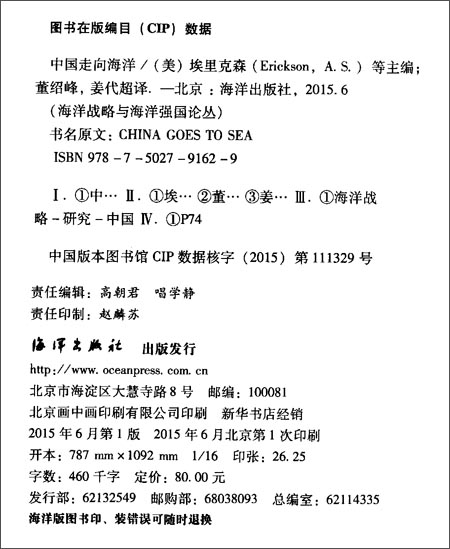
这些穆斯林海盗是令人恐惧的,可以将力量投送到遥远的沿海地区,如1544年对土伦的袭击。到16世纪中叶时,他们稳固地盘踞于阿尔及尔和突尼斯,欧洲强罔几次试图将他们从此驱逐出去,但都未成功。奥斯曼通过提供武器、授予荣誉和国家认可来为这些海盗提供支持。正如赫斯观察到的:“在这些海盗背后是被称为圣战中伊斯兰世界领袖的奥斯曼国王。这意味着这些海盗又得到了一个大国的支持。15世纪后期的奥斯曼征服可以为那些在边境战争中赢得卢誉的海盗提供政府职位,这要比劫掠船只的回报丰厚得多。”
然而,海盗并没有给奥斯曼国王带来大的战略好处,他们还是无法击败地中海的任何欧洲强国。对意大利人来说,尽管海盗有些令人恐惧,但只不过是些讨厌鬼罢了。此外,虽然奥斯曼政府机构也将一些至高无上的荣誉授予了部分海盗(尤其是巴巴罗萨,他后来成为了奥斯曼舰队指挥官),但这些海盗与奥斯曼政府机构的关系十分脆弱。海上行动大部分是季节性的,因而奥斯曼海军只在夏季与这些海盗进行协同行动。除了这种时断时续的协同行动外,这些海盗对奥斯曼国王的忠诚度也很低。出于海盗的本性,他们对劫掠感兴趣。此外,如果被宗教刺激,他们也只会对袭击基督强国和它们的船只感兴趣,而不会考虑到其战略用途。因而,奥斯曼国王不能依赖他们来采取可能会严重影响西班牙或意大利海洋国家命运的协调一致行动。
奥斯曼在地中海成为海上强国的另一个限制因素是西班牙的崛起,那时,西班牙已代替威尼斯成为地中海地区主要的基督海上强国。奥斯曼存地中海的扩张与西班牙的崛起在时间上十分吻合。作为一个统一的国家,西班牙想控制西地中海,而奥斯曼此时也想将其海上势力进一步延伸,因此,西班牙的行为是对奥斯曼势力延伸能力的一次真正检验。到15世纪末时,两班牙的“收复失地运动”已完成,穆斯林人已被驱逐出伊比利亚半岛,西班牙王国已成为基督欧洲的主要倡导者,因而也造成了与奥斯曼人的直接对手。尽管西班牙最近发现的美洲大陆以及西班牙的竞争强国(主要是英国),引起了西班牙对大西洋的很大关注,但地中海仍在卡斯蒂利亚尤其是菲利普二世的战略远景巾扮演着重要角色。国王菲利普二世也是那不勒斯王国和西西里岛的国王,因而对保持西班牙与南意大利之间的海上通道的畅通十分感兴趣,并想将这些通道牢牢控制在西班牙之手。巴巴罗萨兄弟以及其他穆斯林海盗的袭击,不仅对这些海上通道构成了持续的威慑,而且南意大利的西班牙领地也受到奥斯曼海军的持续威胁。
***PLEASE NOTE: THE CHINESE PUBLISHER HAS CREATED AND INSERTED ITS OWN MAPS OF CHINA AND THE INDO-ASIA-PACIFIC REGION. THEY ARE IN NO WAY ASSOCIATED WITH, NOR DO THEY HAVE THE ENDORSEMENT IN ANY FORM OF, THE ORIGINAL AUTHORS AND EDITORS, THE U.S. NAVAL WAR COLLEGE’S CHINA MARITIME STUDIES INSTITUTE, OR ANY ORGANIZATION OF THE U.S. GOVERNMENT. PLEASE SEE THE ENGLISH-LANGUAGE EDITION FOR THE ORIGINAL MAPS THAT THE VOLUME EDITORS THEMSELVES CREATED AND PUBLISHED.***
Here is some relevant wording from pp. x–xi of the original English-language edition (which was not translated in full on p. 2 of the Chinese-language edition):
… All ideas expressed in this volume are solely those of the authors and editors and do not represent the official designations, interpretations, or estimates of the U.S. Navy or any other element of the U.S. government. Any errors are solely the responsibility of the editors. While every effort was made to verify the authenticity of data before this volume went to press, all cartographic representations, nomenclature, and boundary and maritime claim representations may be subject to disagreement and even, in some cases, to change. Depictions thereof in this volume are for unofficial scholarly purposes only. They must therefore be interpreted with extreme caution.
When possible, the maps in this volume depict clearly all territorial disputes and maritime claims relevant to China, the focus of this study. Any failure to depict territorial disputes or to characterize them in a certain way (either inside or outside of China) does not imply a failure to acknowledge them or a judgment concerning the relative validity or state of claims among the parties involved (or the political status of those parties).
Given the wide range of historical periods covered by this volume, it is particularly important to emphasize that previous empires (e.g., the Chinese imperial system) operated quite differently from the centralized states with which we are familiar today. Such empires often exercised sovereignty and authority in a more diverse fashion and with a wider array of affiliated polities than is the case with nation states today. The “borders” of such empires, and the “boundaries” within them, must therefore be understood in a more complex sense as well.
Some concepts addressed in this volume have never been defined officially or depicted graphically in a definitive manner by the People’s Liberation Army Navy, or any other element of China’s government, to the outside world. A prime example is the “Island Chains” in the Western Pacific that, while described in such important sources as Adm. Liu Huaqing’s memoirs, are still subject to various interpretations among scholars of China. Other examples include Beijing’s various maritime claims, such as the one in the South China Sea, whose precise nature is still under debate in China. Such concepts are therefore depicted notionally and should not be overinterpreted.

